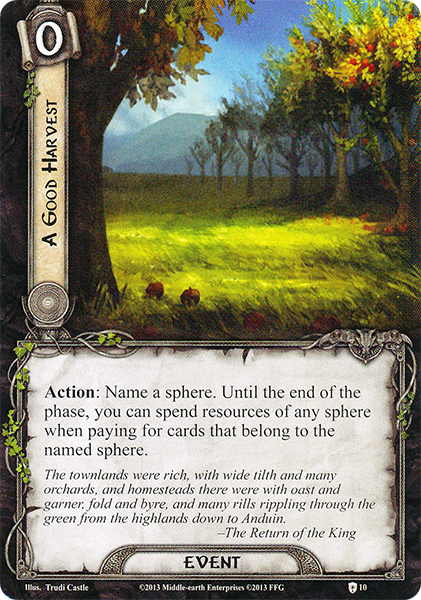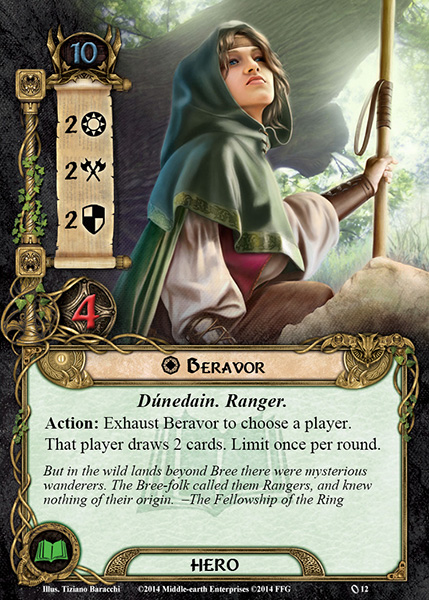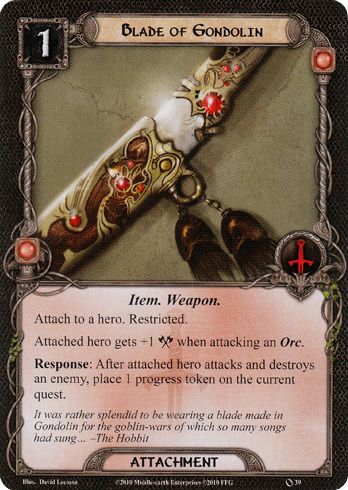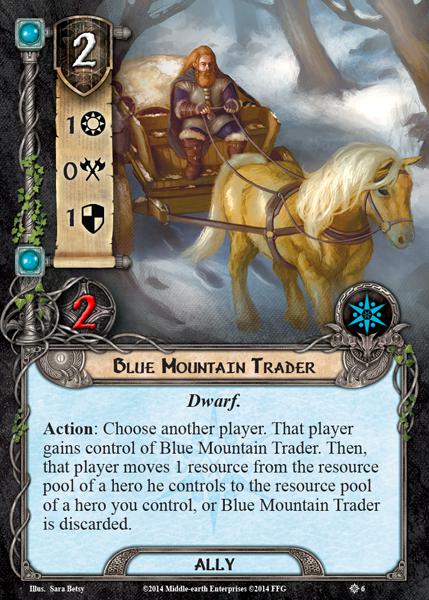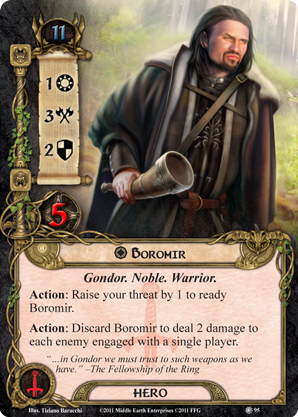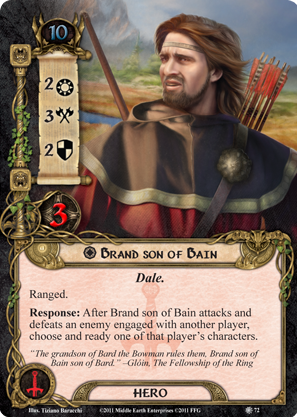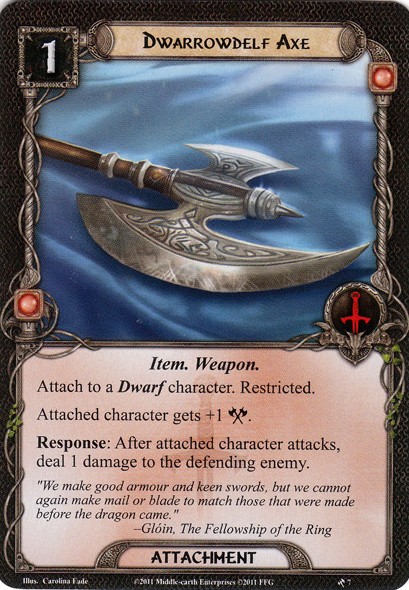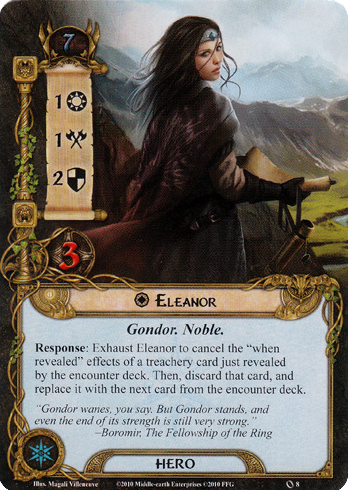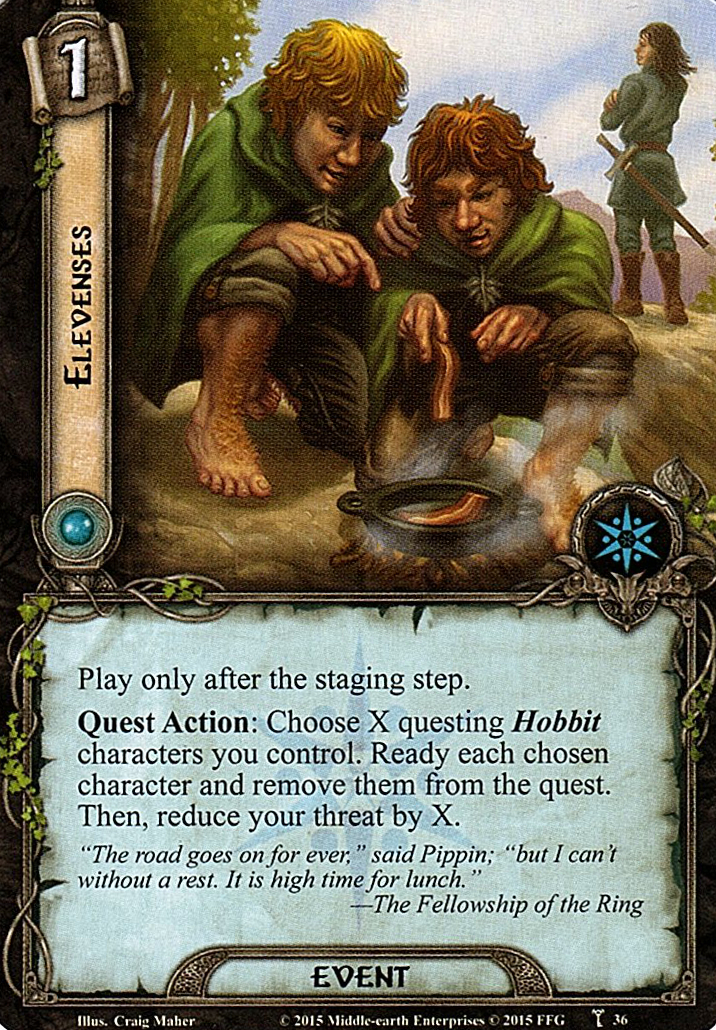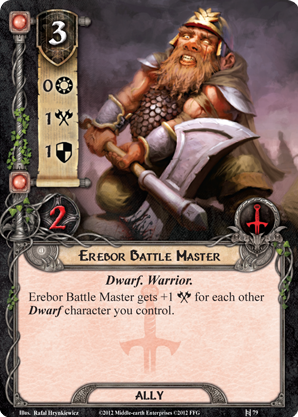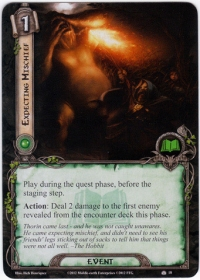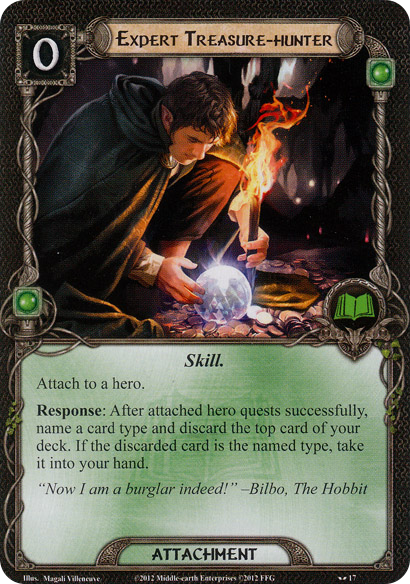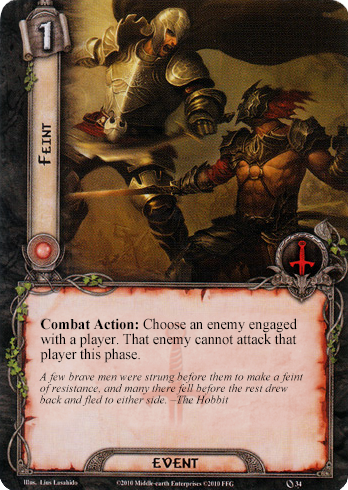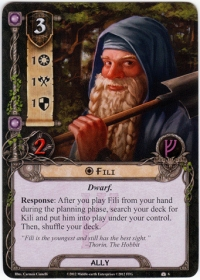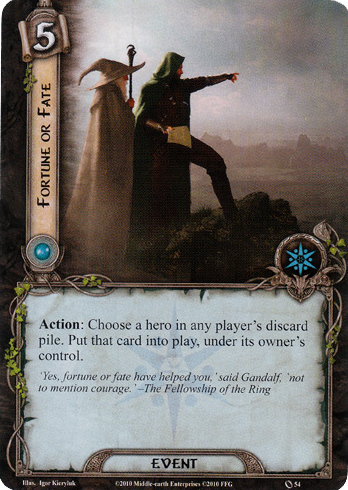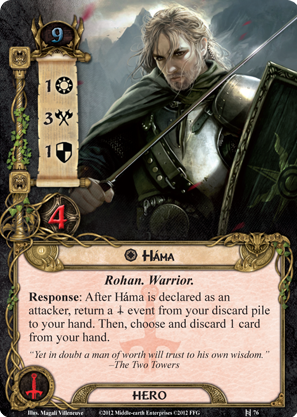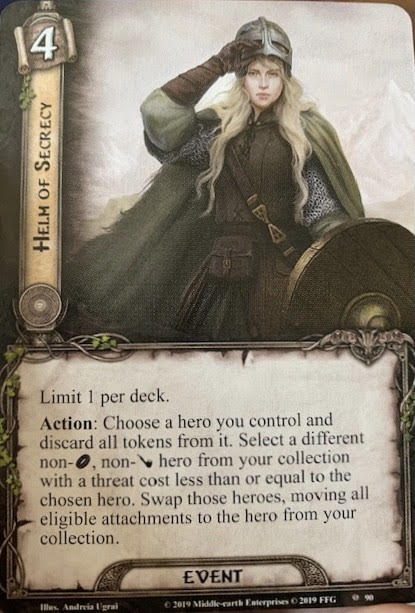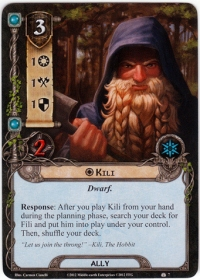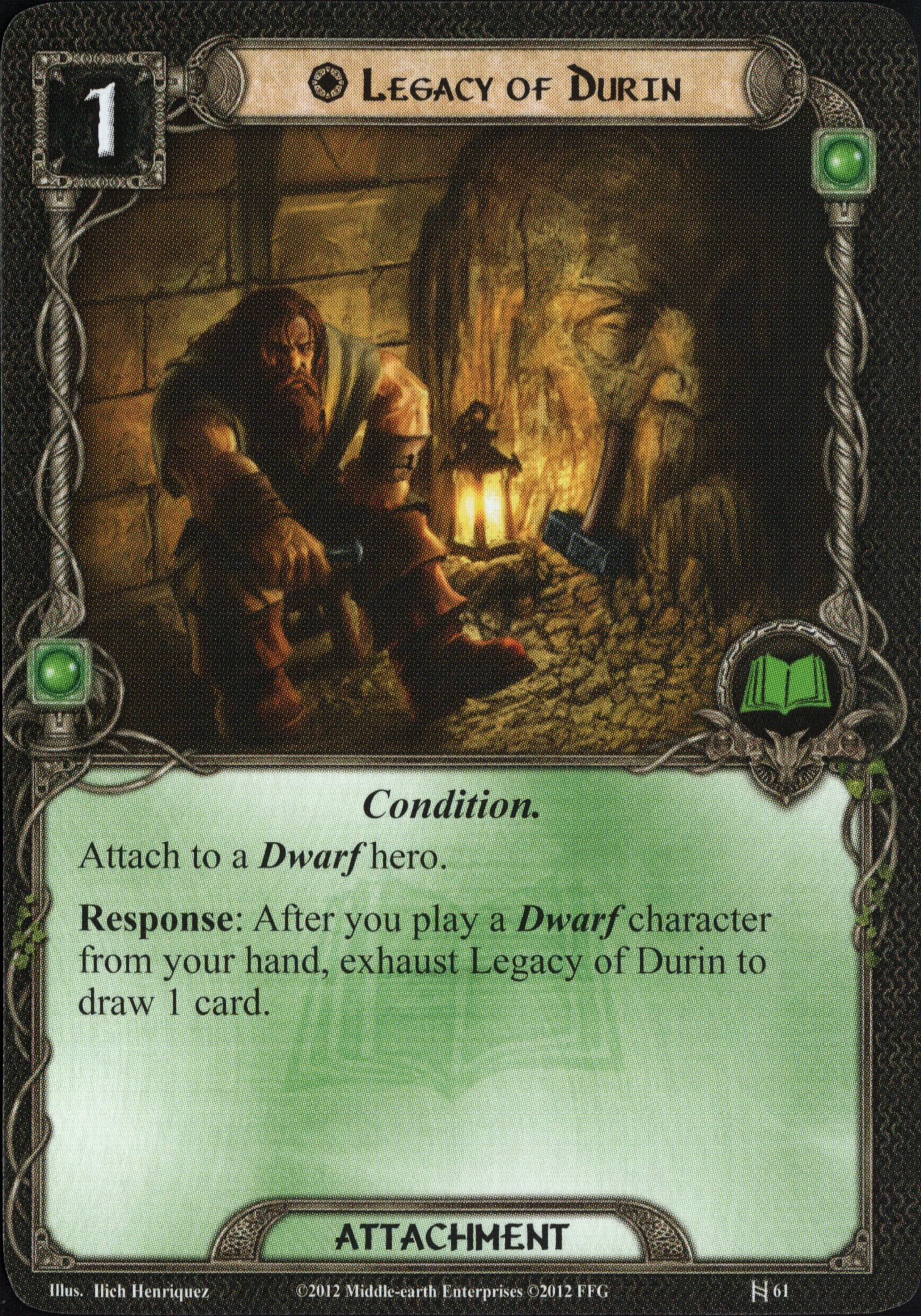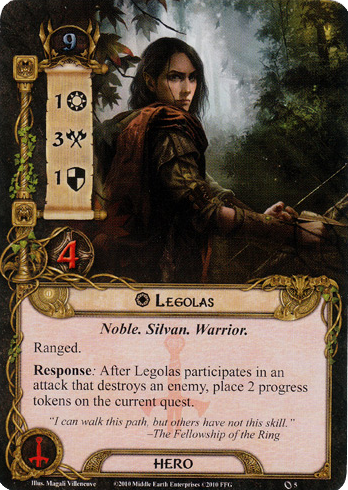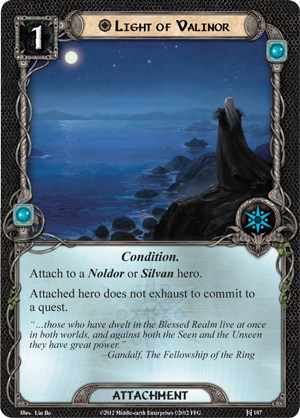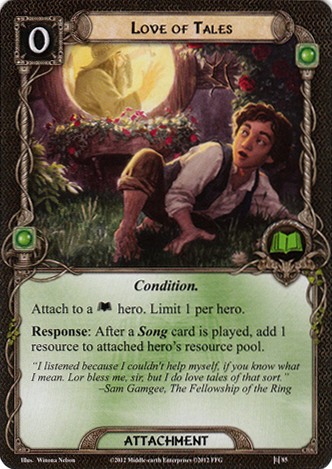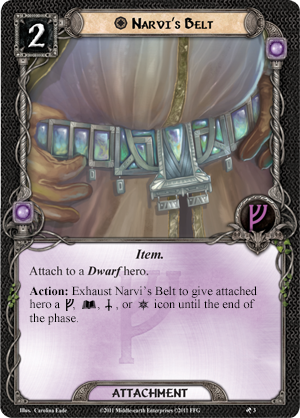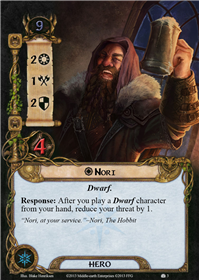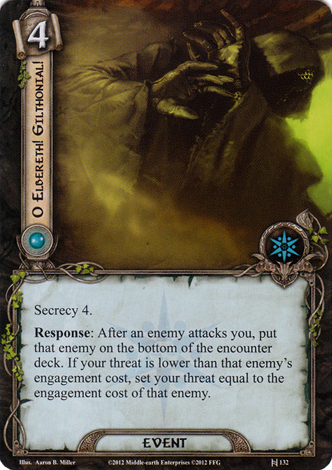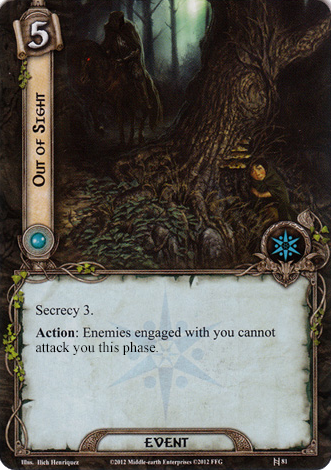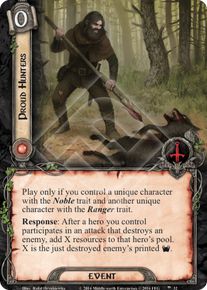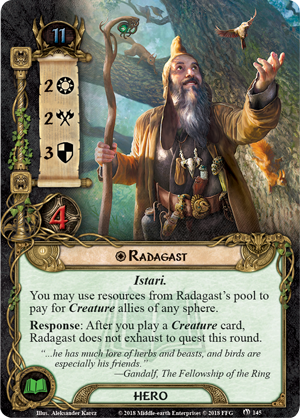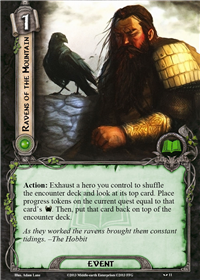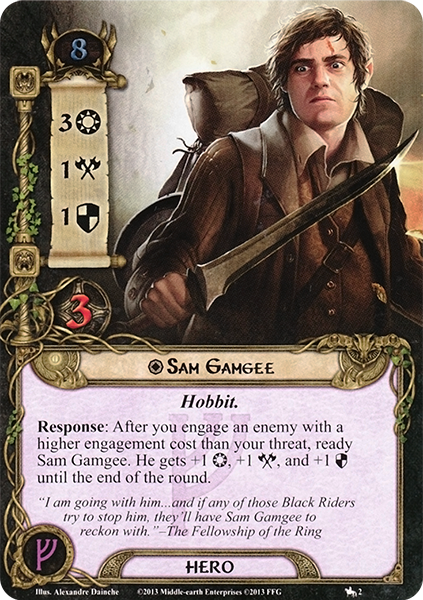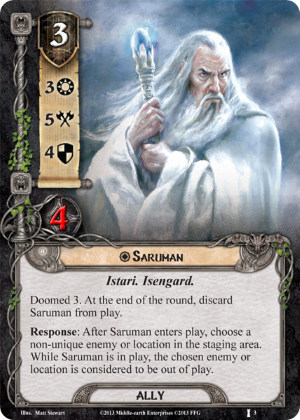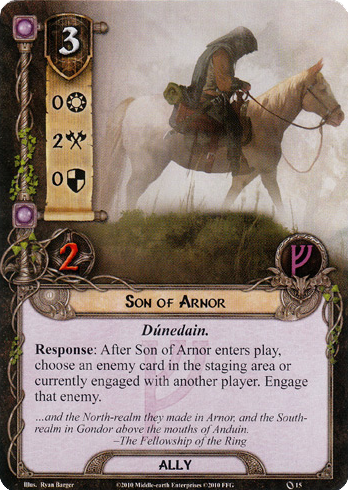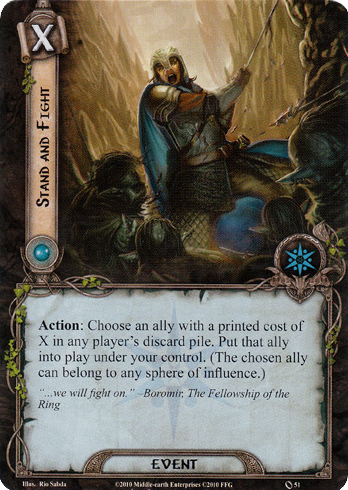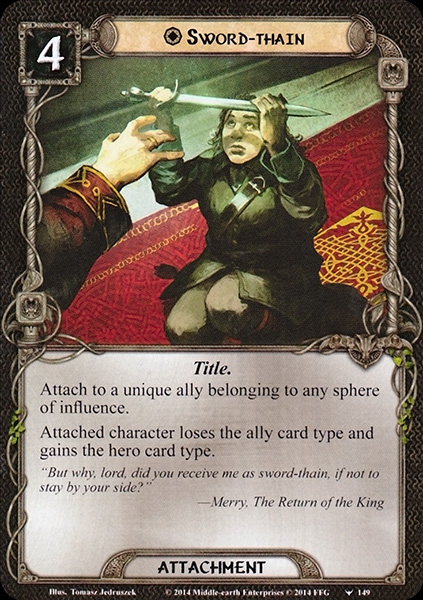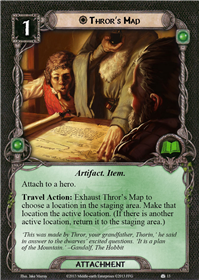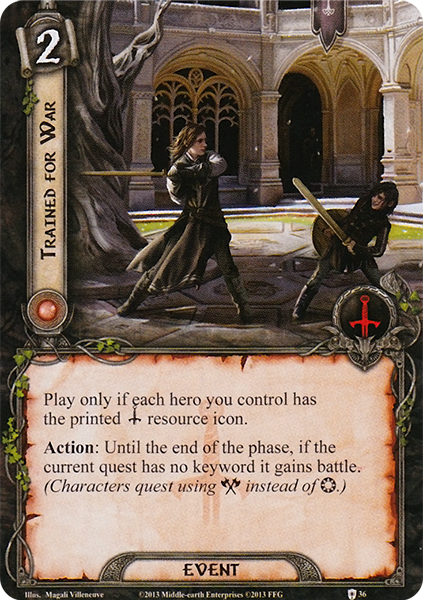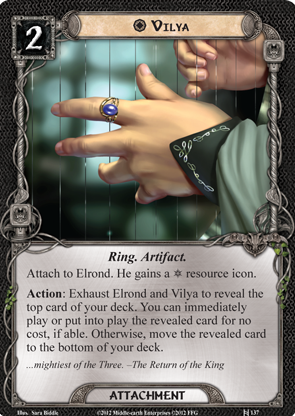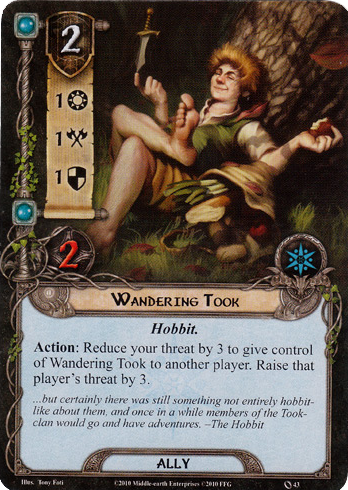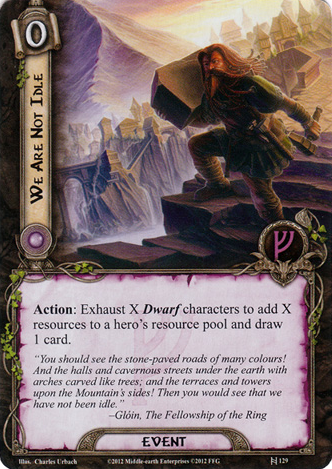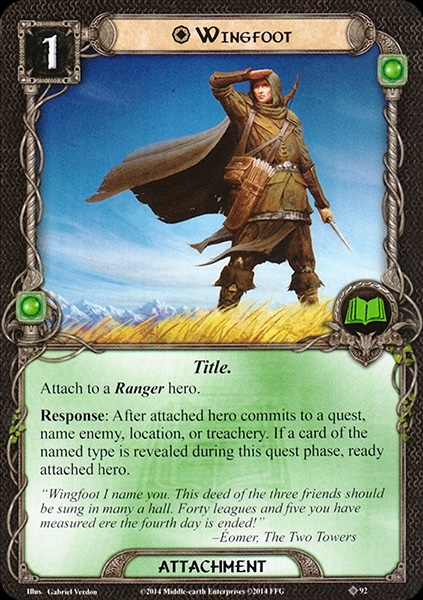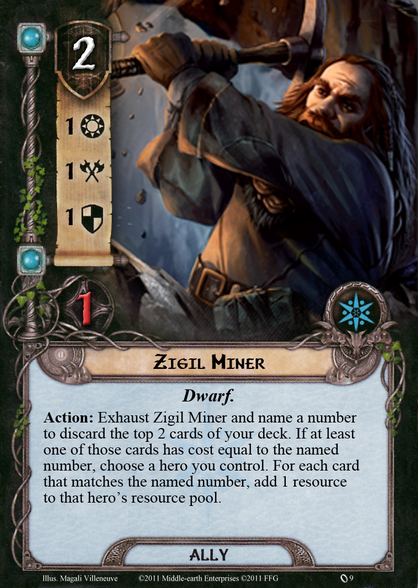Timing & Gameplay
This section provides a detailed overview of the phases
and framework steps of an entire game round. The
phase sequence timing chart depicts each framework
step and action window that occurs throughout a game
round. The "Framework Details" section explains how
to handle each framework step presented in the game's
flow chart, in the order that the framework steps occur
throughout the round.
Framework Steps
Numbered items presented in the brown boxes are
known as framework steps. Framework steps are
mandatory occurrences dictated by the structure of the
game. Green windows are special framework steps
that indicate the possibility of the game returning to
an earlier framework step in the chart. These repetitive
sequences can end in various ways, such as when all
players have performed the steps in a sequence, or
when a player makes a specific decision. Each of these
windows explains when and how the game either loops
back or progresses to a later framework step.
Action Windows
An action ability may only be triggered during an
action window. Action windows are presented in red
boxes on the chart. When an action window opens,
the first player has the first opportunity to initiate an
action, or pass. Opportunities to initiate actions then
proceed in player order until all players consecutively
pass, at which point the action window closes and the
game advances to the next step on the timing chart.
Note that if a player passes his or her opportunity to
act, but all other players do not consecutively pass in
sequence, the original player may still take an action
when the progression of action opportunities comes
back around to that player.
Resolve each action completely before the next
action opportunity.
Follow this excellent guide from Seastan (Chris Stanford)
Setting the Game
Setup occurs before the game begins.
Card effects triggered during Setup are fully resolved.
In order to setup the game, follow these 7 steps:
- Shuffle Decks - Shuffle all player decks and the encounter deck. Do not shuffle the quest deck.
- Place Heroes and Set Initial Threat Levels - Each player places their heroes in his or her play area, adds up the threat cost of the heroes he or she controls, and sets his or her threat dial at the same value. This value is that player's initial threat level for the game.
- Setup Token Bank - Place the damage tokens, progress tokens, and resources tokens in a pile next to the encounter deck. All players take tokens from this bank as needed throughout the game.
- Determine First Player - The players determine a first player based on a majority group decision. If this proves impossible, determine a first player at random. Once determined, the first player takes the first player token and places it in front of him or her as reference.
- Draw Setup Hand - Each player draws 6 cards from the top of his or her player deck. If a player does not wish to keep this starting hand, that player may take a single mulligan.
- Set Quest Cards - Arrange the quest cards in sequential order, based off the numbers on the back of each card. Stage 1A should be on top, with the numbers increasing in sequence moving down the stack. Place the quest deck near the encounter deck, in the center of the play area.
- Follow Scenario Setup Instructions - The back of the first quest card typically provides setup instructions for a scenario. Follow these instructions before flipping the quest card.
After completing these steps, players begin the game starting with the first game round.
0.0 Round Begins

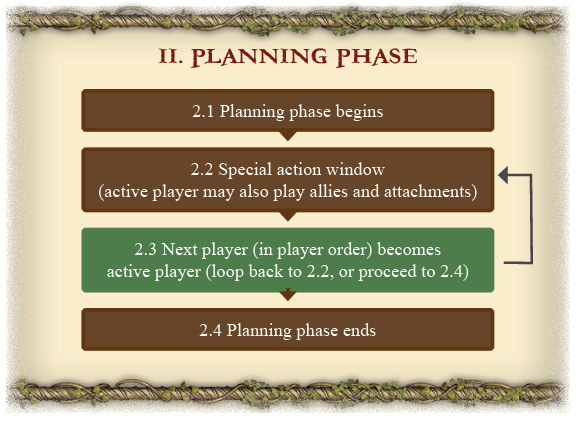
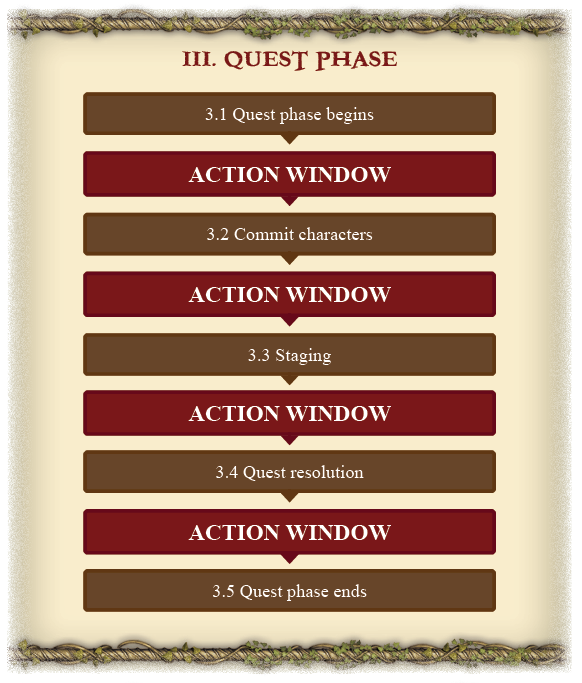
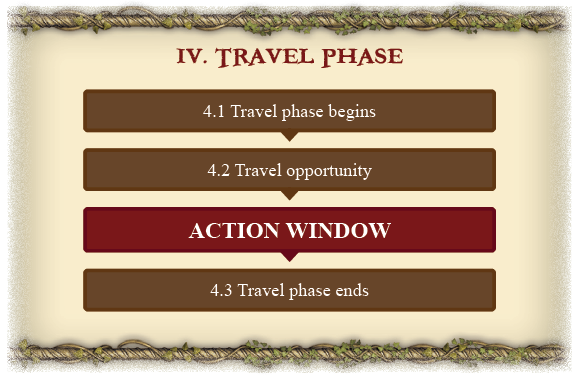
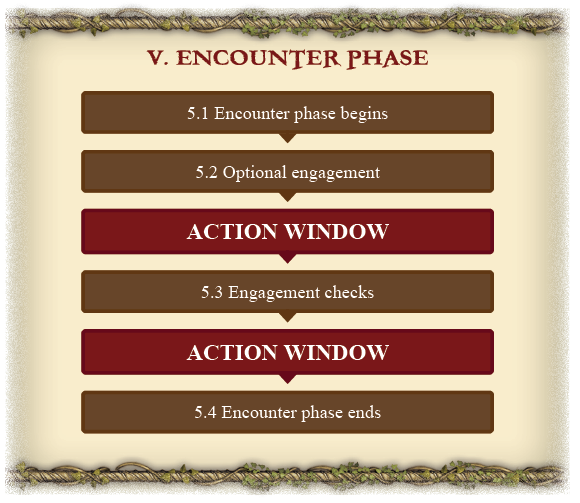
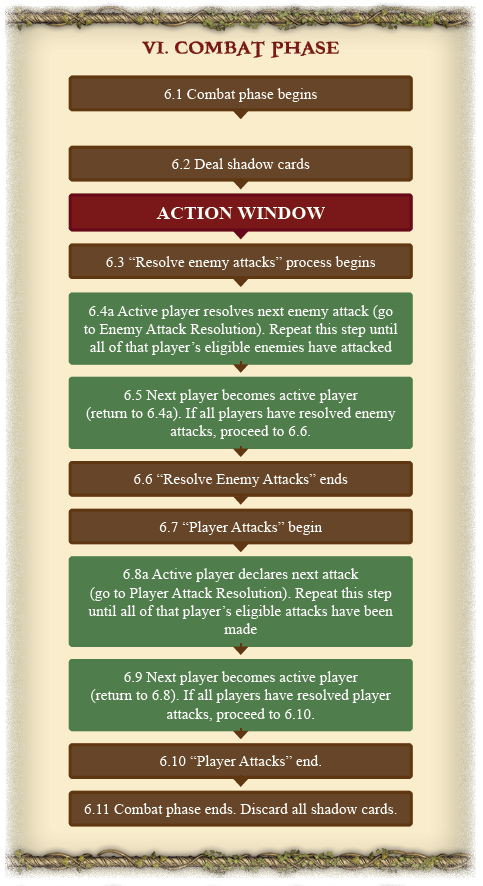

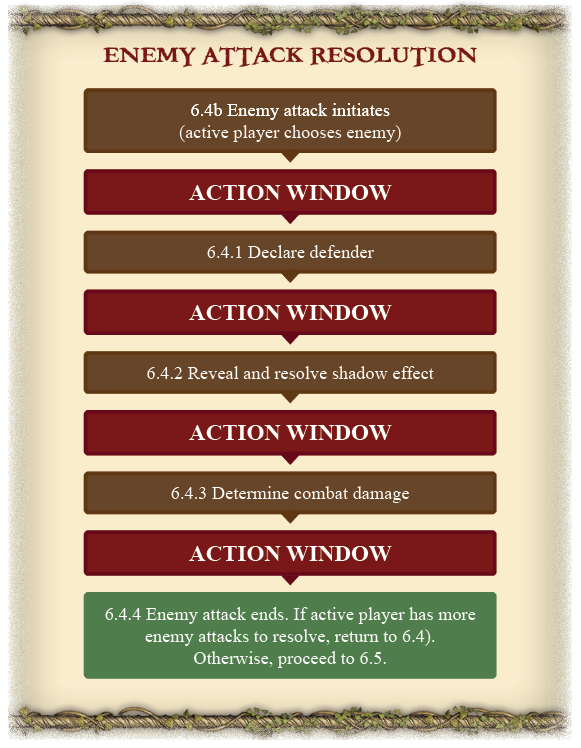
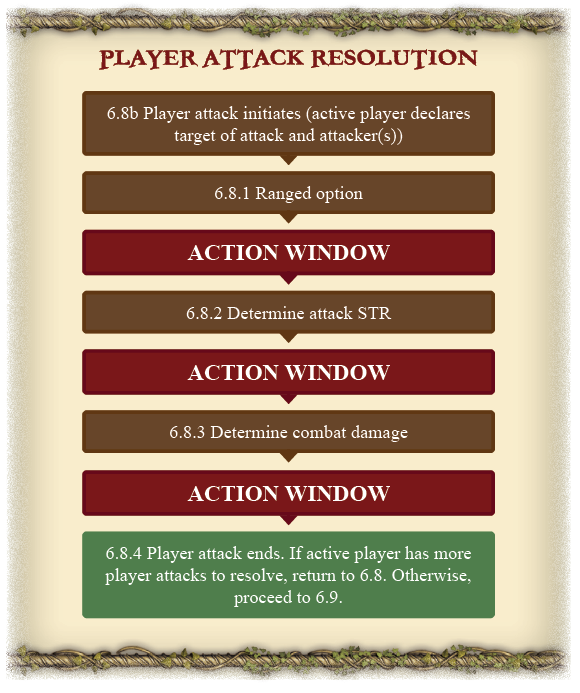
0.1 Round Ends
Framework Details
Each of the following entries corresponds to the
framework step of the same number on the Round
Sequence Timing Chart.
0.0 Round begins
This step formalizes the beginning of a game round.
The beginning of a round is an important game
milestone that may be referenced in card text, either as
a point at which an ability may or must resolve, or as a
point at which a lasting effect or constant ability begins
or expires.
I. Resource Phase
1.1 Resource phase begins
This step formalizes the beginning of the resource
phase.
The beginning of a phase is an important game
milestone that may be referenced in card text, either as
a point at which an ability may or must resolve, or as a
point at which a lasting effect or constant ability begins
or expires.
1.2 Gain resources
Each player simultaneously adds 1 resource to each of
his or her heroes' resource pools.
1.3 Draw cards
Each player simultaneously draws 1 card.
1.4 Resource phase ends
This step formalizes the end of the resource phase.
The end of a phase is an important game milestone
that may be referenced in card text, either as a point
at which an ability may or must resolve, or as a point
at which a lasting effect or constant ability expires
or begins.
II. Planning Phase
2.1 Planning phase begins
This step formalizes the beginning of the
planning phase.
2.2 Planning action window
This is a special action window in which the active
player (in addition to triggering standard action
abilities) is permitted to play ally and attachment cards
from his or her hand.
To play a card from hand, a player must pay the card's
resource cost by spending resource tokens from the
resource pools of one or more of his or her heroes that
match the sphere of influence of the card being played.
Spent resources are removed from heroes' resource
pools and returned to the general token bank.
This action window remains open until all players
consecutively pass, so that the active player has the
opportunity to play as many ally and attachment cards
as he or she desires and can afford at this time.
2.3 Next active player
The next player (in player order) becomes the active
player. Return to step 2.2.
If all players have been the active player this phase,
proceed.
2.4 Planning phase ends
This step formalizes the end of the planning phase.
III. Quest Phase
3.1 Quest phase begins
This step formalizes the beginning of the quest phase.
3.2 Commit characters
In player order, each player has an opportunity
to commit any number of his or her characters to
the quest.
To commit a character to a quest, a player must exhaust
the character.
3.3 Staging
The encounter deck reveals one card per player. This
is known in the game as "staging." These cards are
revealed one at a time, with any when revealed abilities
being resolved before the next card is revealed.
Enemy, location, and objective cards revealed in this
manner are placed in the staging area.
Treachery cards are resolved and (unless otherwise
indicated by the card text) placed in the discard pile.
If the encounter deck is ever empty during the quest
phase, the encounter discard pile is shuffled and reset
back into the encounter deck.
3.4 Quest resolution
Compare the combined willpower strength ( ) of
all committed characters against the combined threat
strength (
) of
all committed characters against the combined threat
strength ( ) of all cards in the staging area.
) of all cards in the staging area.
If the  is higher, the players have successfully
quested, and they make progress on the quest. A
number of progress tokens equal to the amount by
which their
is higher, the players have successfully
quested, and they make progress on the quest. A
number of progress tokens equal to the amount by
which their  overcame the
overcame the  are placed on the
current quest card. Note: If there is an active location,
progress tokens are placed on that location until it is
explored, and the remainder are then placed on the
current quest.
are placed on the
current quest card. Note: If there is an active location,
progress tokens are placed on that location until it is
explored, and the remainder are then placed on the
current quest.
If the  is higher, the players have unsuccessfully
quested and they are driven back by the encounter
deck. Each player must raise his or her threat dial
by the amount by which the
is higher, the players have unsuccessfully
quested and they are driven back by the encounter
deck. Each player must raise his or her threat dial
by the amount by which the  was higher than the
combined
was higher than the
combined  of all committed characters.
of all committed characters.
If the combined committed  score is equal to the
score is equal to the  score in the staging area, the players have not quested
successfully or unsuccessfully: no progress tokens are
placed, and the players do not increase their dials.
score in the staging area, the players have not quested
successfully or unsuccessfully: no progress tokens are
placed, and the players do not increase their dials.
Characters committed to a quest are considered
committed to that quest through the end of the quest
phase, unless a card ability removes them from the
quest. Those characters do not ready at the end of
this step.
3.5 Quest phase ends
This step formalizes the end of the quest phase.
IV. Travel Phase
4.1 Travel phase begins
This step formalizes the beginning of the travel phase.
4.2 Travel opportunity
The players (as a group) have the opportunity to travel
to any one location in the staging area by removing
it from the staging area and placing it alongside the
current quest card. This causes the location to become
the active location.
The players can only travel to one location at a time.
The first player makes the final decision on whether
and where to travel.
Players cannot travel to a new location if another
location card is active; the players must explore the
active location before traveling elsewhere.
4.3 Travel phase ends
This step formalizes the end of the travel phase.
V. Encounter Phase
5.1 Encounter phase begins
This step formalizes the beginning of the
encounter phase.
5.2 Optional engagement
Each player (in player order) has one option to engage
one enemy in the staging area. This is done by moving
the enemy from the staging area and placing it in front
of the engaging player, in that player's play area.
The enemy's engagement cost has no bearing on
this procedure.
5.3 Engagement checks
The players make a series of engagement checks,
to determine if any of the enemies remaining in the
staging area engage them.
The first player compares his or her threat level against
the engagement cost of each of the enemies in the
staging area. The enemy with the highest engagement
cost that is equal to or lower than this player's threat
level engages the player and is moved from the staging
area into the space in front of the player. This is known
as making an engagement check.
After the first player makes an engagement check, the
next player (in player order) makes an engagement
check. Once all players have made an engagement
check, the first player makes second engagement
check. Players continue making engagement checks in
this manner until there are no enemies remaining in the
staging area that can engage any of the players.
Whether an enemy is engaged through an engagement
check, through a card effect, or through a player's
choice, the end result is the same: the enemy is
considered to have engaged the player, and the player is
considered to have engaged the enemy.
5.4 Encounter phase ends
This step formalizes the end of the encounter phase.
VI. Combat Phase
6.1 Combat phase begins
This step formalizes the beginning of the combat phase.
6.2 Deal shadow cards
Deal one card from the encounter deck, facedown,
to each engaged enemy. These cards are known as
shadow cards.
Deal shadow cards to each player's enemies in player
order.
When dealing to a single player's enemies, deal to the
enemy with the highest engagement cost first, to the
enemy with the next highest engagement cost second,
and so forth, until each of that player's engaged
enemies has been dealt a shadow card.
If the encounter deck runs out of cards, any enemies
that have not been dealt shadow cards are not dealt
shadow cards this round.
6.3 "Resolve enemy attacks" process begins
This step formalizes the beginning of the "enemy
attacks" process.
In the steps that follow, each enemy
that is engaged with a player will have one opportunity
to make an attack.
6.4a Next enemy attack initiates
The active player (starting with the first player) chooses
an eligible enemy that he or she is engaged with to
resolve its attack. An eligible enemy is one that has not
yet attacked this round and is still able to attack.
Use the "Enemy Attack Resolution" flowchart to
resolve an enemy's attack.
If no eligible enemies remain for the active player to
choose, proceed to 6.5.
6.5 Next player becomes active player
The next player (in player order) becomes the active
player. Return to step 6.4a.
If all players have resolved enemy attacks, proceed to
6.6.
6.6 "Resolve enemy attacks" process ends
This step formalizes the end of the "enemy attacks
process.
6.7 "Resolve player attacks" process begins
This step formalizes the beginning of the "player
attacks" process. In the steps that follow, each player
will have opportunities to declare attacks with his or
her ready characters against enemies.
6.8a Active player declares next attack
The active player (starting with the first player) may
declare an attack against one of his or her enemies.
Use the "Player Attack Resolution" flowchart to
resolve a player's attack.
If the active player is unable to or chooses not to
declare an attack, proceed to 6.9.
6.9 Next player becomes active player
The next player (in player order) becomes the active
player. Return to step 6.8.
If all players have resolved player attacks, proceed to
6.10.
6.10 "Resolve player attacks" process ends
This step formalizes the end of the "player attacks"
process.
6.11 Combat phase ends
This step formalizes the end of the combat phase.
Discard all shadows cards from all enemies at this time.
VII. Refresh Phase
7.1 Refresh phase begins
This step formalizes the beginning of the refresh phase.
7.2 Ready cards
Simultaneously ready all exhausted cards.
7.3 Raise threat
Each player simultaneously increases his or her threat
by 1.
7.4 Pass first player token
The first player passes the first player token to the
next player (clockwise) to his or her left. That player
becomes the new first player.
7.5 Refresh phase ends
This step formalizes the end of the combat phase.
0.1 Round ends
This step formalizes the end of a game round.
Proceed
to step 0.0 of the next game round.
The end of a round is an important game milestone
that may be referenced in card text, either as a point
at which an ability may or must resolve, or as a point
at which a lasting effect or constant ability begins
or expires.
Enemy Attack Resolution
6.4b Enemy attack initiates
The active player chooses which attack (among the
enemies to they are engaged that has not yet attacked
this round) to resolve.
6.4.1 Declare defender
The active player may choose one ready character he or
she controls to declare as a defender for this attack. A
character must exhaust to be declared as a defender.
The active player may instead decide to let the
attack go undefended by declaring no defenders for
that attack.
Unless a card ability specifies otherwise, a player can
only declare defenders against enemies with whom he
or she is engaged.
6.4.2 Resolve shadow effect
The active player flips the attacking enemy's shadow
card faceup and resolves any shadow effect the card
might have.
6.4.3 Determine combat damage
Combat damage is determined by subtracting the
defense strength ( ) of the defending character from
the attack strength (
) of the defending character from
the attack strength ( ) of the attacking enemy. The
remaining value is the amount of damage that must
immediately be dealt to the defending character. If the
) of the attacking enemy. The
remaining value is the amount of damage that must
immediately be dealt to the defending character. If the  is equal to or higher than the
is equal to or higher than the  , no damage is dealt.
, no damage is dealt.
If an attack is undefended, all damage from the attack
must be assigned to a single hero controlled by the
active player. If a defending character leaves play or is
removed from combat before damage is assigned, the
attack is considered undefended. A character's  does
not absorb damage from undefended attacks.
does
not absorb damage from undefended attacks.
If a character is destroyed by an attack, additional
damage from the attack is not dealt to other
other characters.
6.4.4 Enemy attack ends
This step formalizes the end of the enemy's attack.
Return to step 6.4a in the main flowchart.
Player Attack Resolution
6.8b Player attack initiates
The active player chooses 1 enemy with whom he or
she is currently engaged, and exhausts any number
of characters he or she controls to declare them as
attackers against that enemy.
If each of the attacking characters declared during this
step has ranged, the attack may be declared against any
enemy that is engaged with any player.
6.8.1 Ranged option
Any number of ranged characters controlled by other
players may exhaust to be declared as attackers.
6.8.2 Determine attack strength
Add up the total  of all characters that are
currently attacking.
of all characters that are
currently attacking.
6.8.3 Determine combat damage
This is done by subtracting the target enemy's  from the combined
from the combined  of all the attacking characters.
The remaining value is the amount of damage that is
immediately dealt to the target enemy being attacked.
of all the attacking characters.
The remaining value is the amount of damage that is
immediately dealt to the target enemy being attacked.
If the  is equal to or higher than the
is equal to or higher than the  , no damage
is dealt.
, no damage
is dealt.
6.8.4 Player attack ends
This step formalizes the end of the attack.
Characters that were declared as attackers are only
considered to be attacking through the resolution of this
step (and all reactions to it).
Return to step 6.8a in the main flowchart.
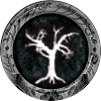 Passage Through Mirkwood
Passage Through Mirkwood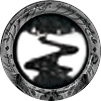 Journey Down the Anduin
Journey Down the Anduin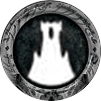 Escape from Dol Guldur
Escape from Dol Guldur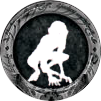 The Hunt for Gollum
The Hunt for Gollum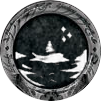 Conflict At The Carrock
Conflict At The Carrock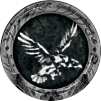 A Journey to Rhosgobel
A Journey to Rhosgobel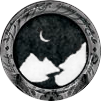 The Hills of Emyn Muil
The Hills of Emyn Muil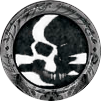 The Dead Marshes
The Dead Marshes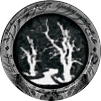 Return to Mirkwood
Return to Mirkwood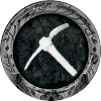 Into the Pit
Into the Pit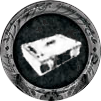 The Seventh Level
The Seventh Level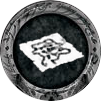 Flight from Moria
Flight from Moria The Redhorn Gate
The Redhorn Gate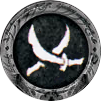 Road to Rivendell
Road to Rivendell The Watcher in the Water
The Watcher in the Water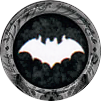 The Long Dark
The Long Dark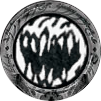 Foundations of Stone
Foundations of Stone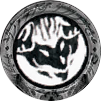 Shadow and Flame
Shadow and Flame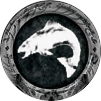 Peril In Pelargir
Peril In Pelargir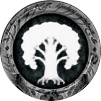 Into Ithilien
Into Ithilien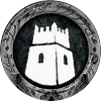 The Siege of Cair Andros
The Siege of Cair Andros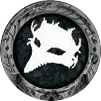 The Steward's Fear
The Steward's Fear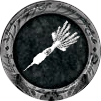 The Drúadan Forest
The Drúadan Forest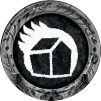 Encounter at Amon-Dín
Encounter at Amon-Dín Assault on Osgiliath
Assault on Osgiliath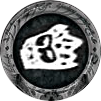 The Blood of Gondor
The Blood of Gondor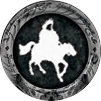 The Morgul Vale
The Morgul Vale The Fords of Isen
The Fords of Isen To Catch an Orc
To Catch an Orc Into Fangorn
Into Fangorn The Dunland Trap
The Dunland Trap The Three Trials
The Three Trials Trouble in Tharbad
Trouble in Tharbad The Nín-in-Eilph
The Nín-in-Eilph Celebrimbor's Secret
Celebrimbor's Secret The Antlered Crown
The Antlered Crown Intruders in Chetwood
Intruders in Chetwood The Weather Hills
The Weather Hills Deadmen's Dike
Deadmen's Dike The Wastes of Eriador
The Wastes of Eriador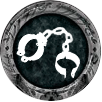 Escape from Mount Gram
Escape from Mount Gram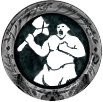 Across the Ettenmoors
Across the Ettenmoors The Treachery of Rhudaur
The Treachery of Rhudaur The Battle of Carn-Dûm
The Battle of Carn-Dûm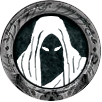 The Dread Realm
The Dread Realm Voyage Across Belegaer
Voyage Across Belegaer Raid on the Grey Havens
Raid on the Grey Havens The Fate of Númenor
The Fate of Númenor Flight of the Stormcaller
Flight of the Stormcaller The Thing in the Depths
The Thing in the Depths Temple of the Deceived
Temple of the Deceived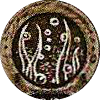 The Drowned Ruins
The Drowned Ruins A Storm on Cobas Haven
A Storm on Cobas Haven The City of Corsairs
The City of Corsairs Escape from Umbar
Escape from Umbar Desert Crossing
Desert Crossing The Long Arm of Mordor
The Long Arm of Mordor The Mûmakil
The Mûmakil Race Across Harad
Race Across Harad Beneath the Sands
Beneath the Sands The Black Serpent
The Black Serpent The Dungeons of Cirith Gurat
The Dungeons of Cirith Gurat The Crossing of Poros
The Crossing of Poros Journey Up the Anduin
Journey Up the Anduin Lost in Mirkwood
Lost in Mirkwood The King's Quest
The King's Quest The Withered Heath
The Withered Heath Roam Across Rhovanion
Roam Across Rhovanion Fire in the Night
Fire in the Night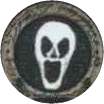 The Ghost of Framsburg
The Ghost of Framsburg Mount Gundabad
Mount Gundabad The Fate of Wilderland
The Fate of Wilderland The River Running
The River Running Danger in Dorwinion
Danger in Dorwinion The Temple of Doom
The Temple of Doom Wrath and Ruin
Wrath and Ruin The City of Ulfast
The City of Ulfast Challenge of the Wainriders
Challenge of the Wainriders Under the Ash Mountains
Under the Ash Mountains The Land of Sorrow
The Land of Sorrow The Fortress of Nurn
The Fortress of Nurn Ambush at Erelas
Ambush at Erelas The Battle for the Beacon
The Battle for the Beacon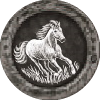 The Horse-Lord's Ire
The Horse-Lord's Ire The Aldburg Plot
The Aldburg Plot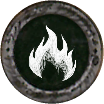 Fire on the Eastemnet
Fire on the Eastemnet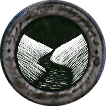 The Gap of Rohan
The Gap of Rohan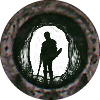 The Glittering Caves
The Glittering Caves Mustering of the Rohirrim
Mustering of the Rohirrim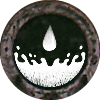 Blood in the Isen
Blood in the Isen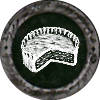 Pies for the Party
Pies for the Party Sundown on the Shire
Sundown on the Shire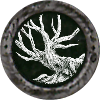 Secrets of the Old Forest
Secrets of the Old Forest The Massing at Osgiliath
The Massing at Osgiliath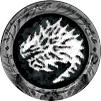 The Battle of Laketown
The Battle of Laketown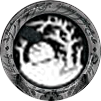 The Stone of Erech
The Stone of Erech The Old Forest
The Old Forest Fog on the Barrow-Downs
Fog on the Barrow-Downs The Ruins of Belegost
The Ruins of Belegost Murder at the Prancing Pony
Murder at the Prancing Pony Attack on Dol Guldur
Attack on Dol Guldur The Siege of Annúminas
The Siege of Annúminas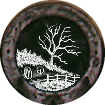 The Scouring of the Shire
The Scouring of the Shire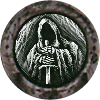 The Nine are Abroad
The Nine are Abroad The Siege of Erebor
The Siege of Erebor The Hunt for the Dreadnaught
The Hunt for the Dreadnaught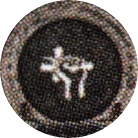 The Oath
The Oath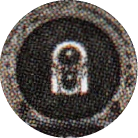 The Caves of Nibin-Dûm
The Caves of Nibin-Dûm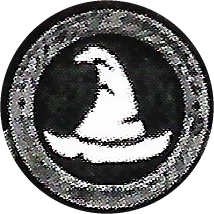 The Wizard's Quest
The Wizard's Quest The Woodland Realm
The Woodland Realm The Mines of Moria
The Mines of Moria Escape from Khazad-dûm
Escape from Khazad-dûm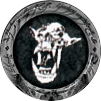 We Must Away, Ere Break of Day
We Must Away, Ere Break of Day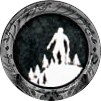 Over the Misty Mountains Grim
Over the Misty Mountains Grim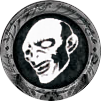 Dungeons Deep and Caverns Dim
Dungeons Deep and Caverns Dim Flies and Spiders
Flies and Spiders The Lonely Mountain
The Lonely Mountain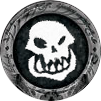 The Battle of Five Armies
The Battle of Five Armies A Shadow of the Past
A Shadow of the Past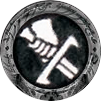 A Knife in the Dark
A Knife in the Dark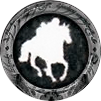 Flight to the Ford
Flight to the Ford The Ring Goes South
The Ring Goes South Journey in the Dark
Journey in the Dark Breaking of the Fellowship
Breaking of the Fellowship The Uruk-hai
The Uruk-hai Helm's Deep
Helm's Deep The Road to Isengard
The Road to Isengard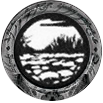 The Passage of the Marshes
The Passage of the Marshes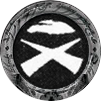 Journey to the Cross-roads
Journey to the Cross-roads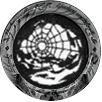 Shelob's Lair
Shelob's Lair The Passing of the Grey Company
The Passing of the Grey Company The Siege of Gondor
The Siege of Gondor The Battle of the Pelennor Fields
The Battle of the Pelennor Fields Mount Doom
Mount Doom The Tower of Cirith Ungol
The Tower of Cirith Ungol The Black Gate Opens
The Black Gate Opens
 tokens: they represent physical
damage that has been inflicted on characters
and enemies.
tokens: they represent physical
damage that has been inflicted on characters
and enemies. 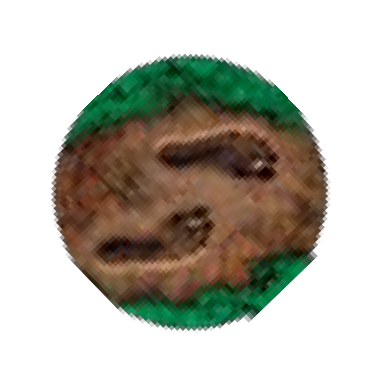 tokens: they represent progress that
has been made on a quest.
tokens: they represent progress that
has been made on a quest.  tokens: these tokens represent the
various resources at a hero's disposal.
Resource tokens are collected by a player's
heroes, and are used throughout the game to
pay for cards and card effects.
tokens: these tokens represent the
various resources at a hero's disposal.
Resource tokens are collected by a player's
heroes, and are used throughout the game to
pay for cards and card effects. 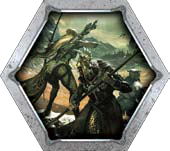 token which determines which
player acts first each phase. At the end of each
round, the first player token passes clockwise
to a new player.
token which determines which
player acts first each phase. At the end of each
round, the first player token passes clockwise
to a new player.
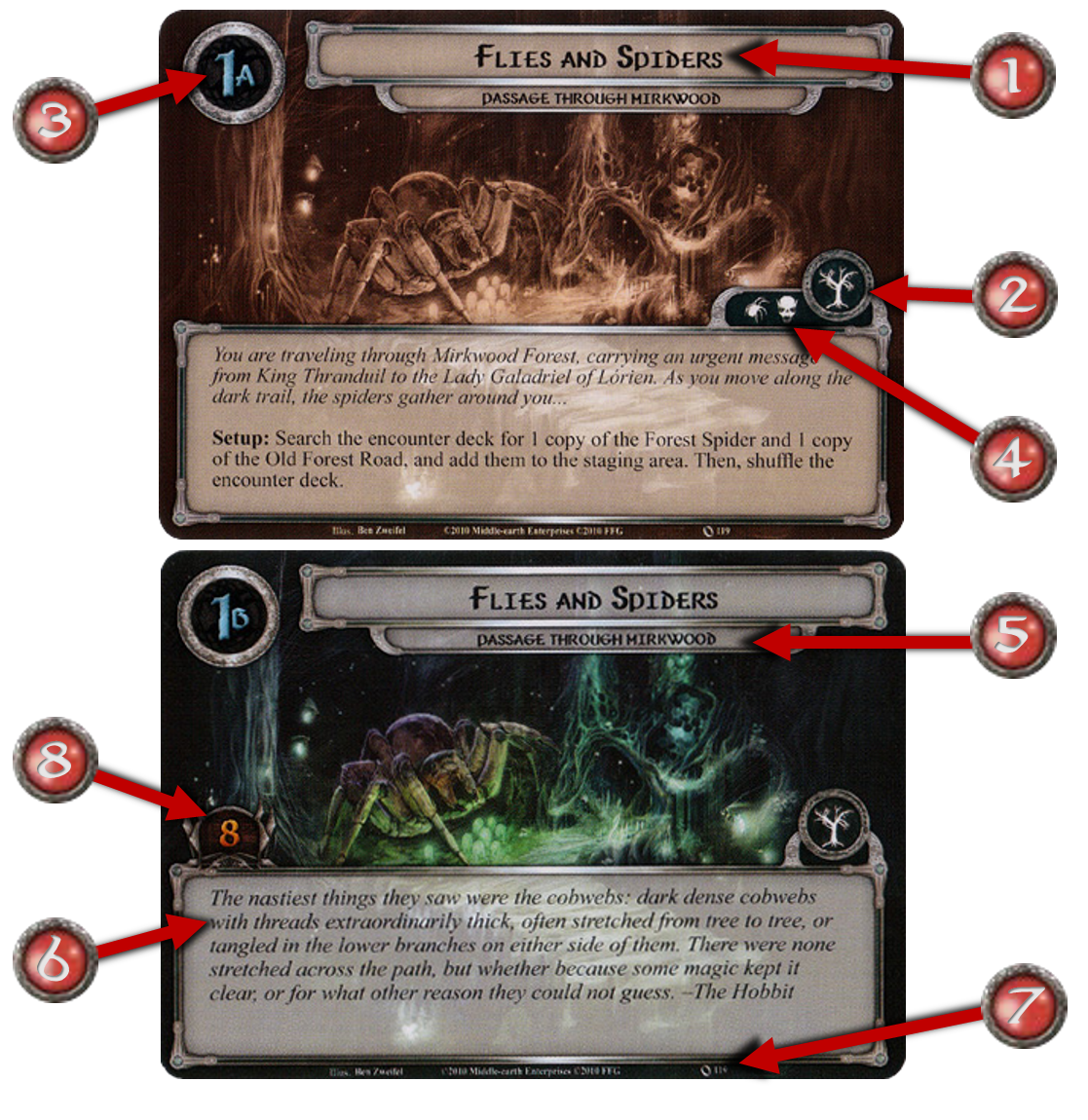
 If a card has a shadow
effect, that effect is denoted by this icon, which
also serves to separate the shadow effect from
the card's in play effect.
If a card has a shadow
effect, that effect is denoted by this icon, which
also serves to separate the shadow effect from
the card's in play effect. 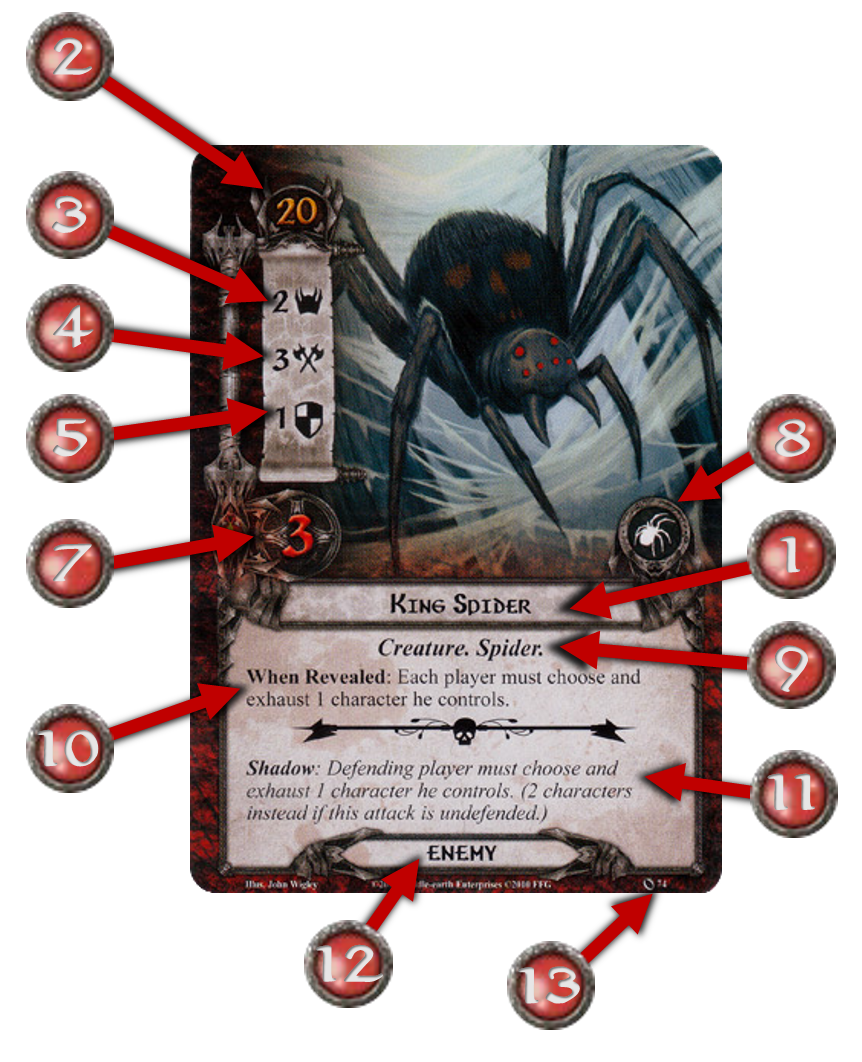
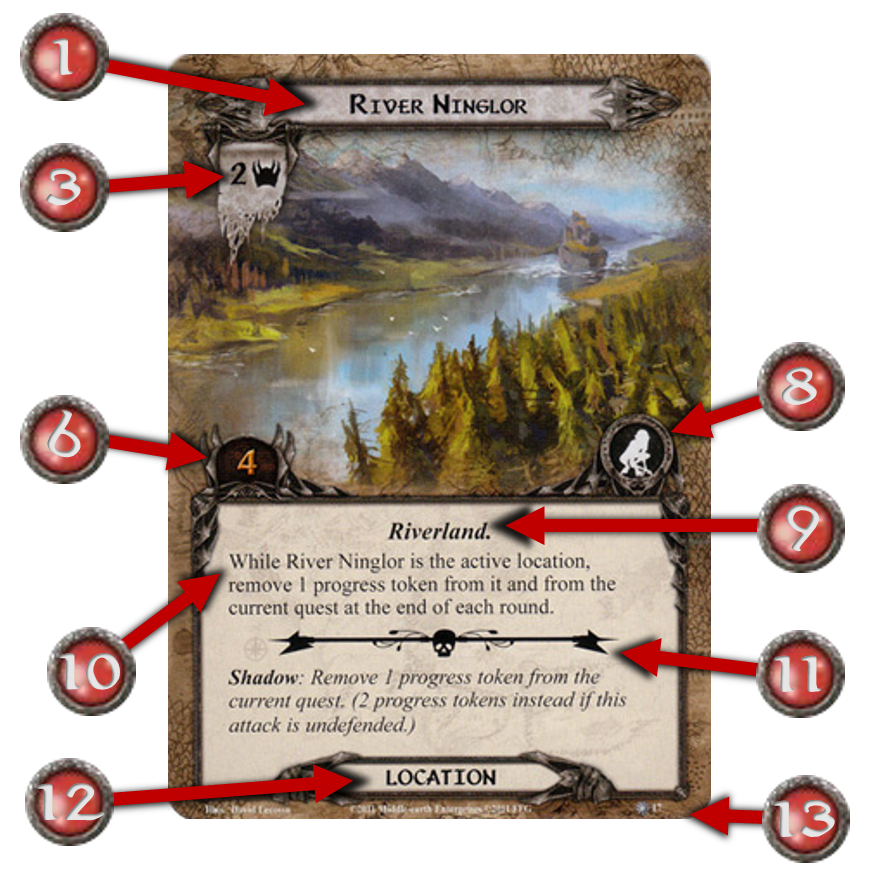
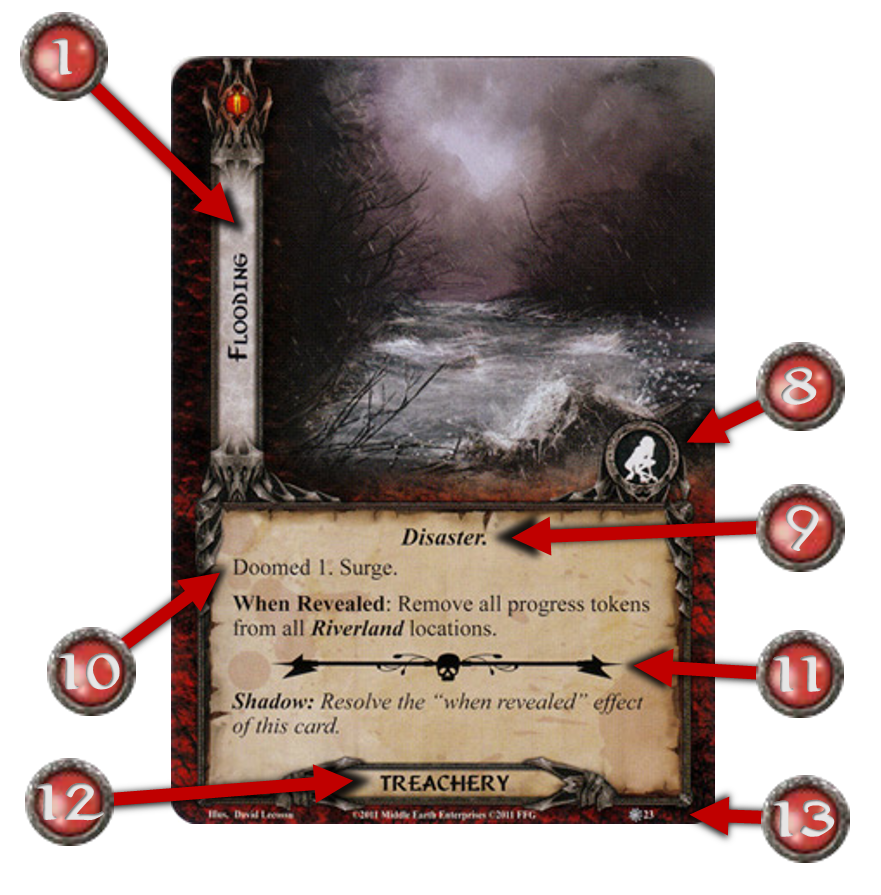
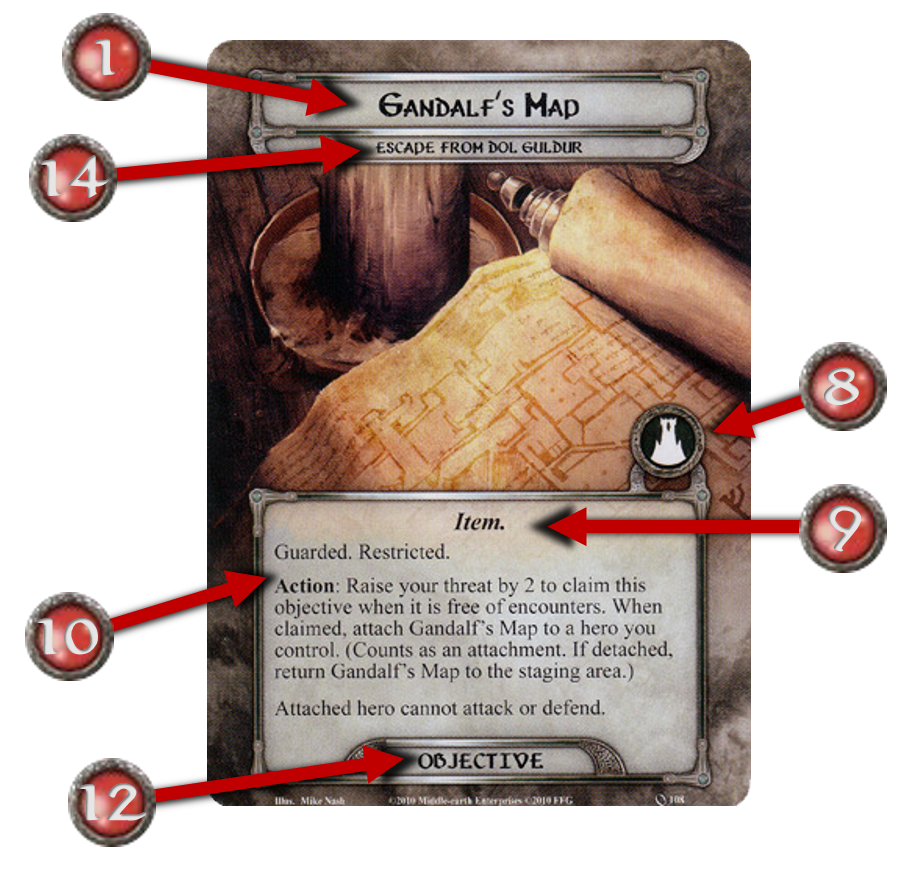
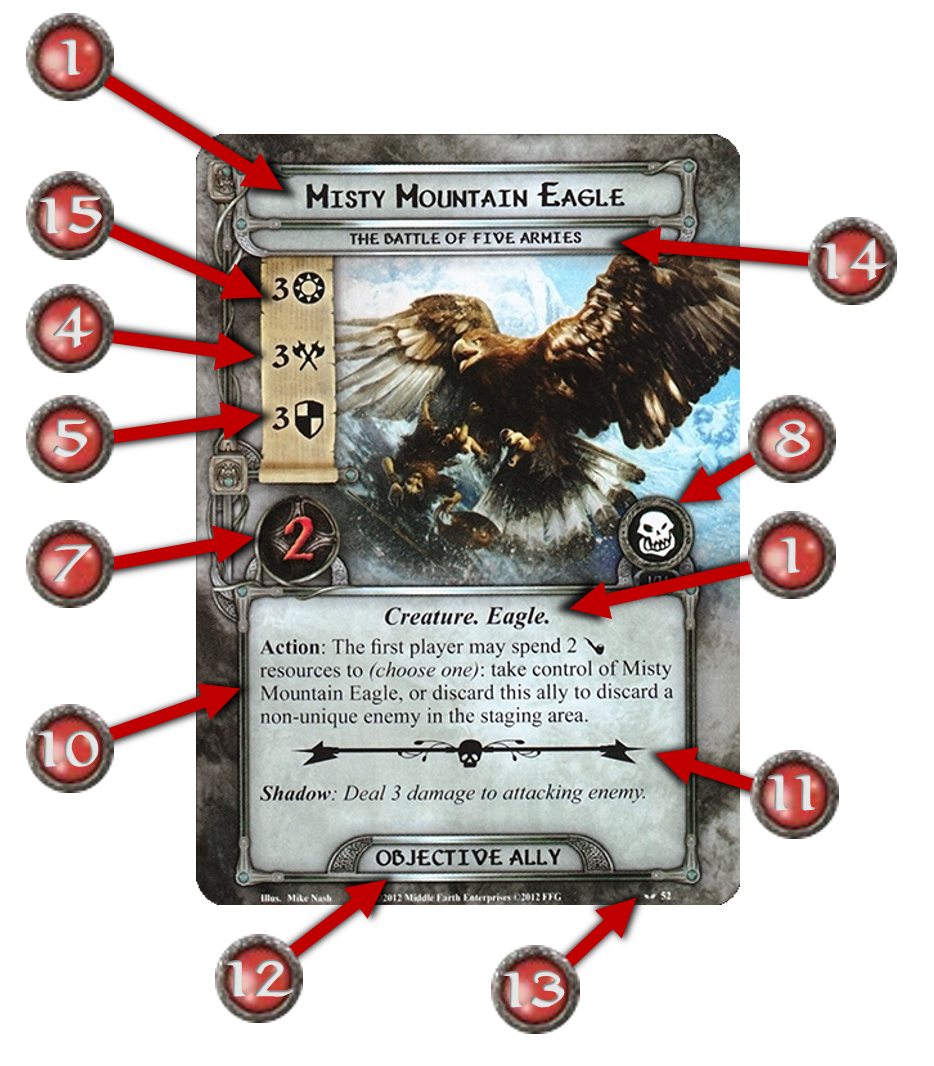
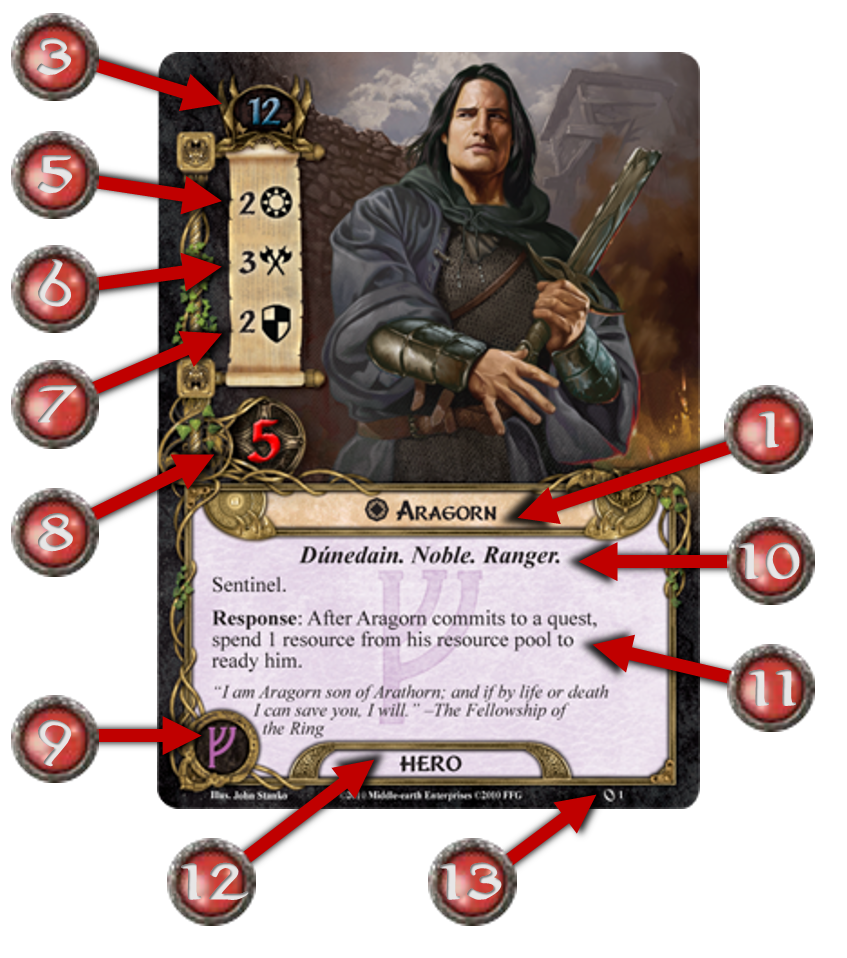
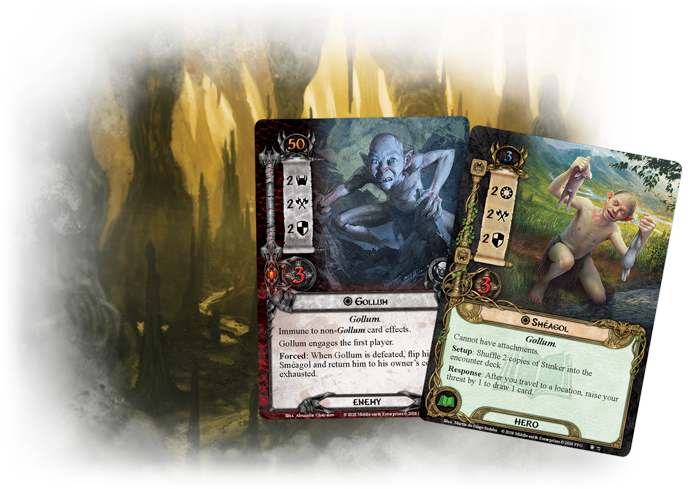
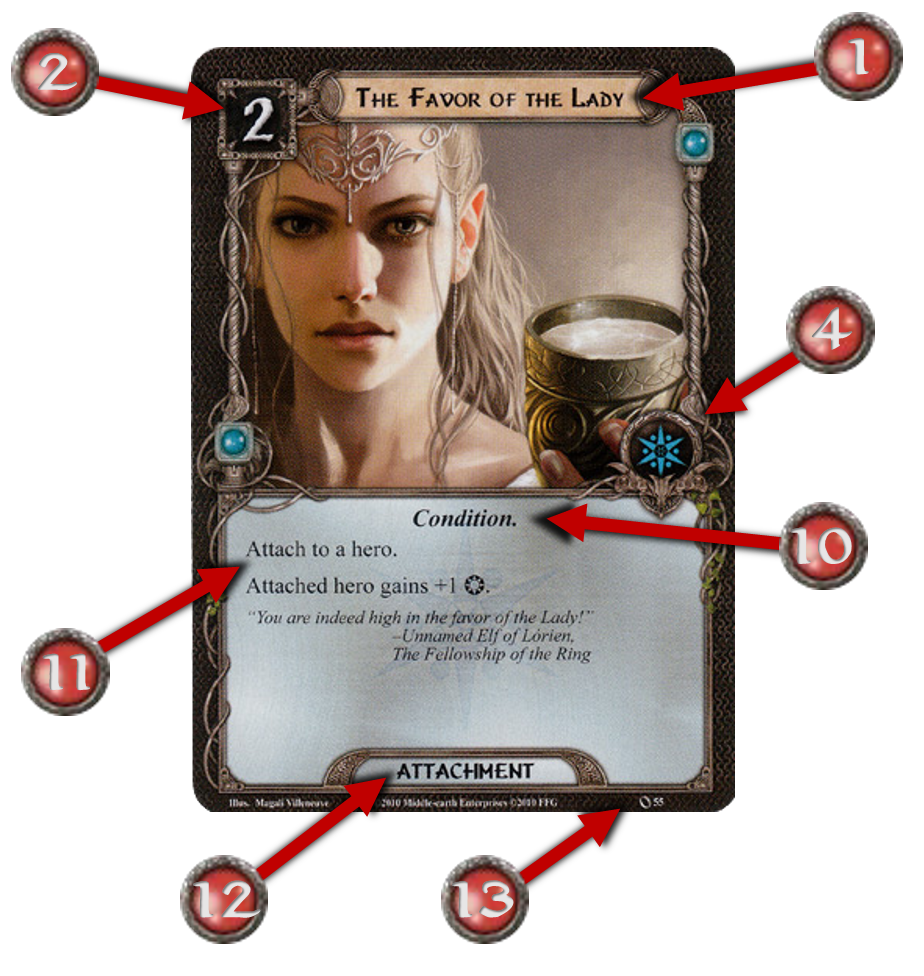
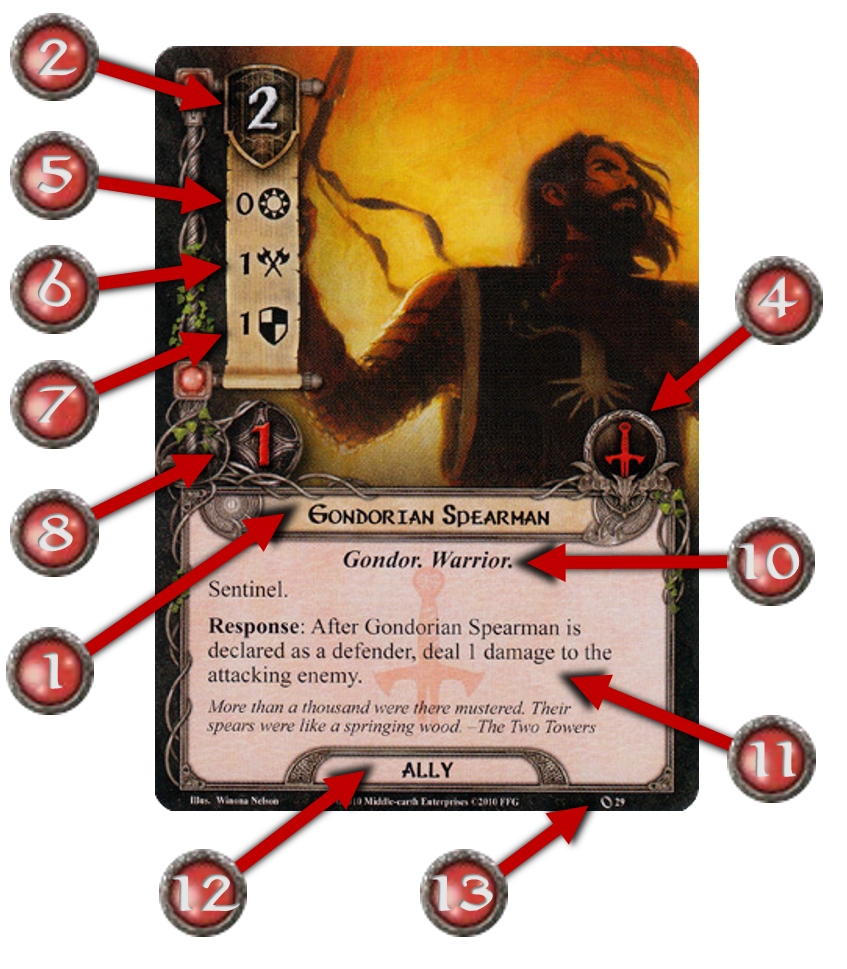
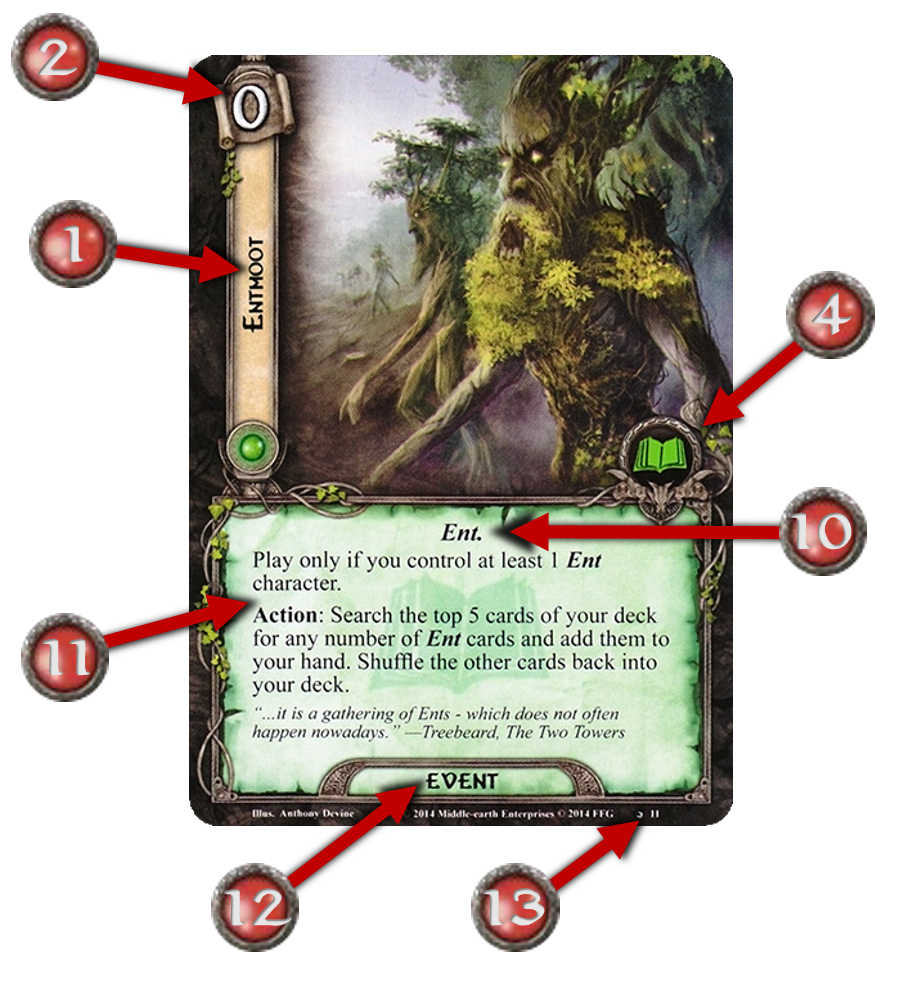
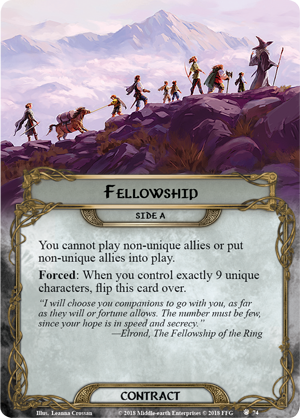


 Leadership emphasizes
the charismatic and inspirational
influence of a hero, and that hero's
potential to lead, inspire, and command
both allies and other heroes alike.
Leadership emphasizes
the charismatic and inspirational
influence of a hero, and that hero's
potential to lead, inspire, and command
both allies and other heroes alike. 
 Lore emphasizes the
potential of a hero's mind. Intellect,
wisdom, experience, and specialized
knowledge are all under the domain of
this sphere.
Lore emphasizes the
potential of a hero's mind. Intellect,
wisdom, experience, and specialized
knowledge are all under the domain of
this sphere. 
 Spirit emphasizes the
strength of a hero's will. Determination,
resilience, courage, loyalty, and heart
are all aspects of this sphere.
Spirit emphasizes the
strength of a hero's will. Determination,
resilience, courage, loyalty, and heart
are all aspects of this sphere. 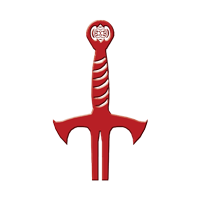
 Tactics emphasizes a
hero's martial prowess, particularly as it
relates to combat and to overcoming
other tactical challenges that might
confront the players during a quest.
Tactics emphasizes a
hero's martial prowess, particularly as it
relates to combat and to overcoming
other tactical challenges that might
confront the players during a quest.  , non-
, non- hero you control shares at least one trait with a card with the Devoted keyword, that card does not require a resource match. The trait that is shared does not need to be the same for each hero.
hero you control shares at least one trait with a card with the Devoted keyword, that card does not require a resource match. The trait that is shared does not need to be the same for each hero.
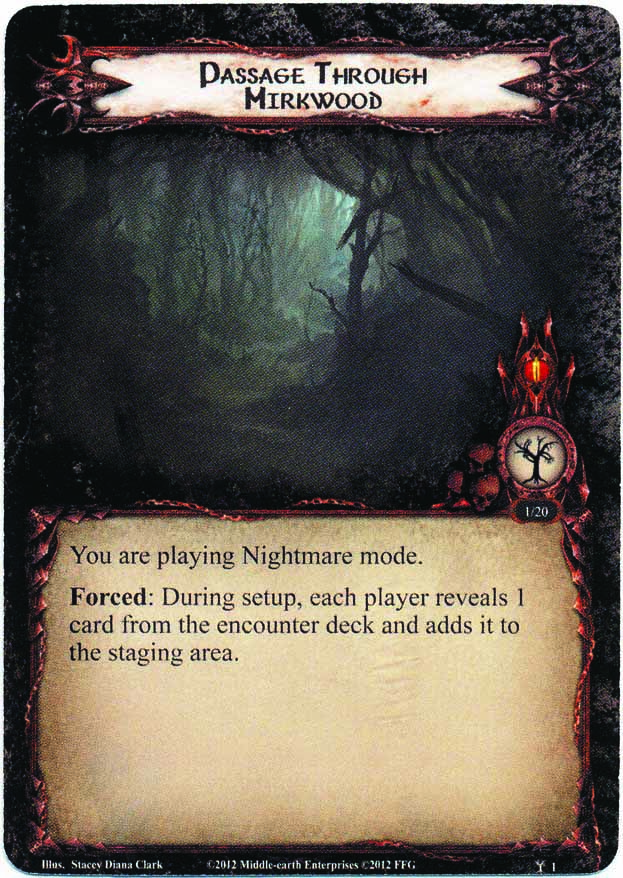
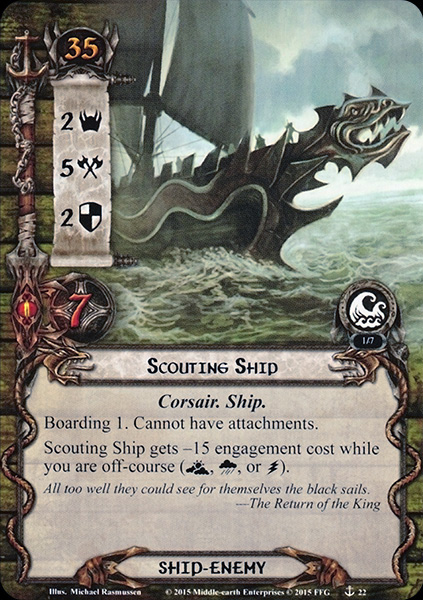
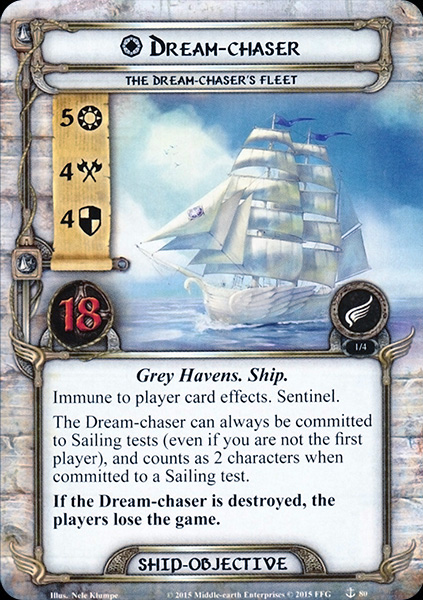
 .
.
 /
/ : These headings are considered "off-course." You
are struggling against the elements and are not
navigating properly.
: These headings are considered "off-course." You
are struggling against the elements and are not
navigating properly.  : This heading is considered "off-course," and is the
worst possible setting. Your heading cannot shift any
further off-course than this. You are traveling against the
wind, and are completely at the mercy of the sea.
: This heading is considered "off-course," and is the
worst possible setting. Your heading cannot shift any
further off-course than this. You are traveling against the
wind, and are completely at the mercy of the sea. 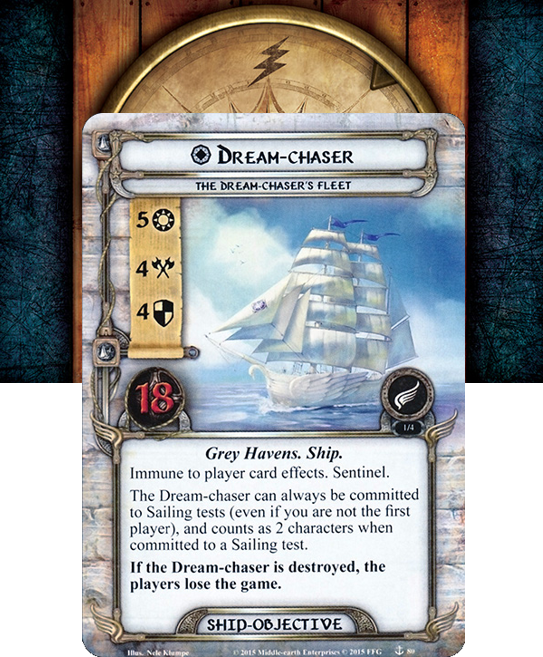
 symbol on the bottom
left corner of their text box. This symbol represents a
success when performing a Sailing test. For
each
symbol on the bottom
left corner of their text box. This symbol represents a
success when performing a Sailing test. For
each 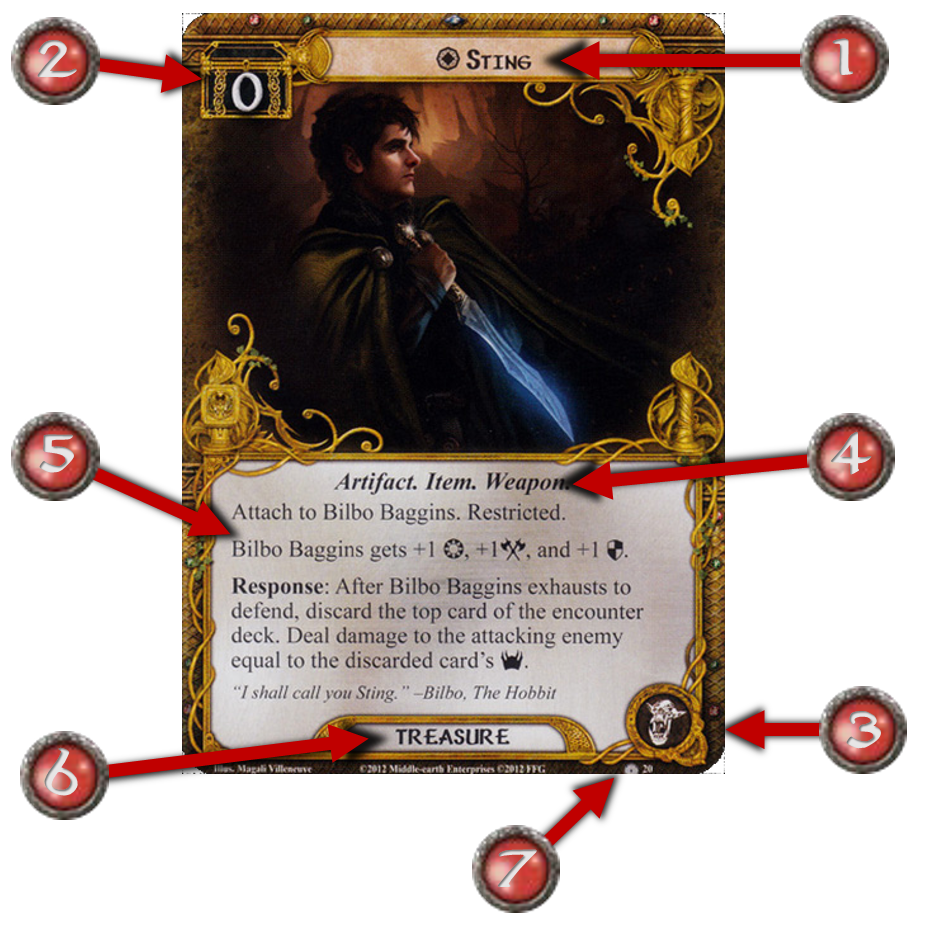
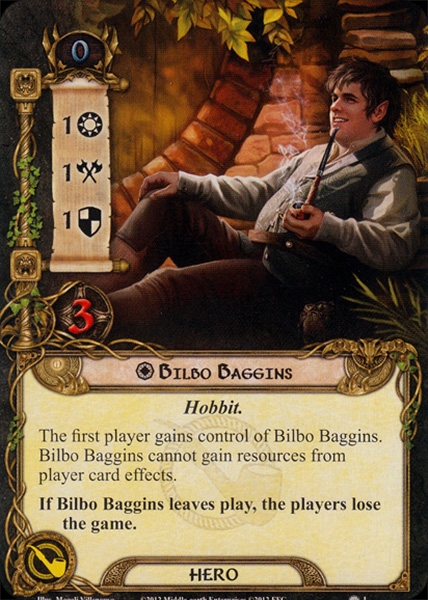


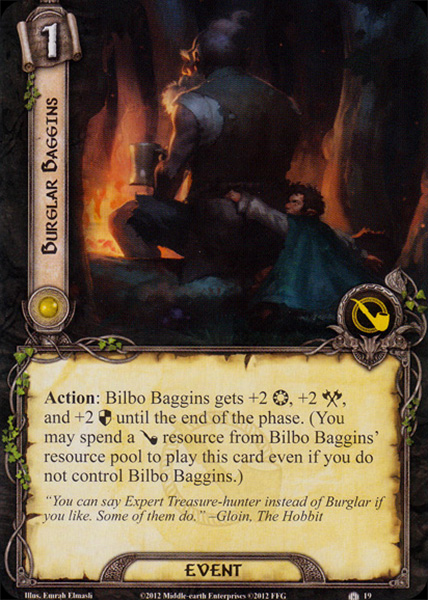
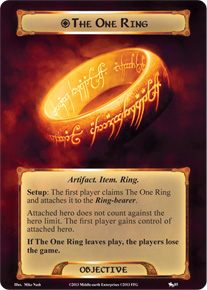
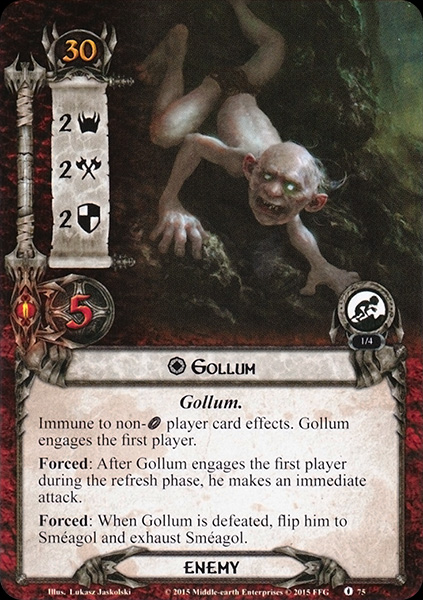


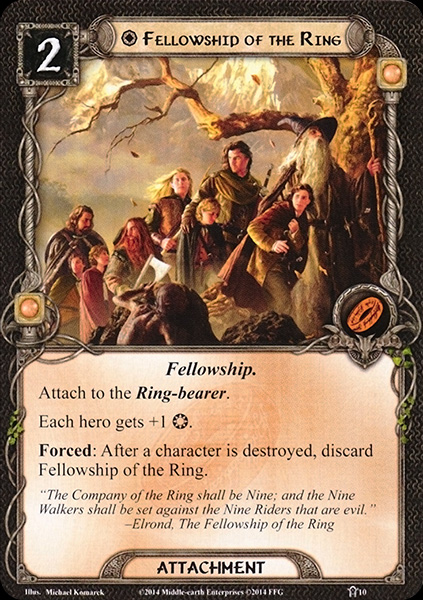

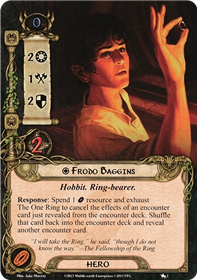
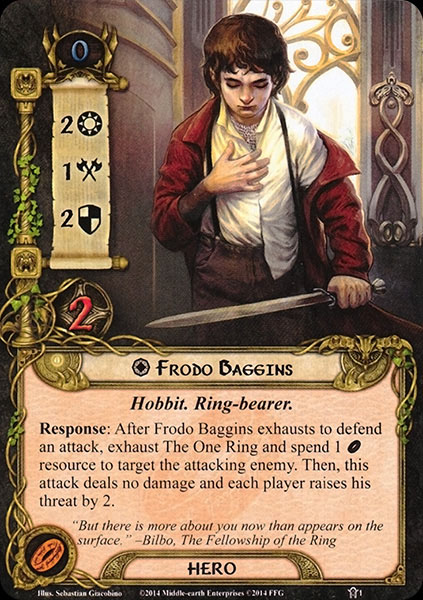
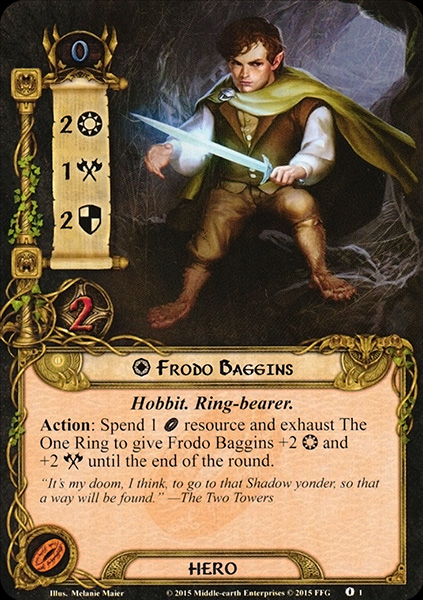

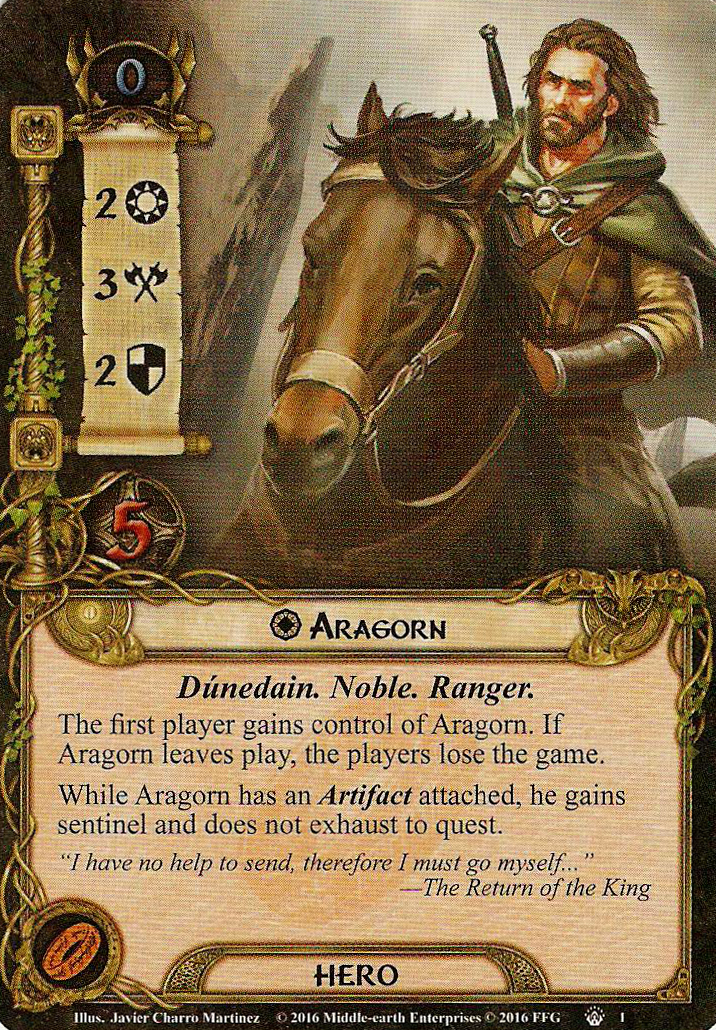
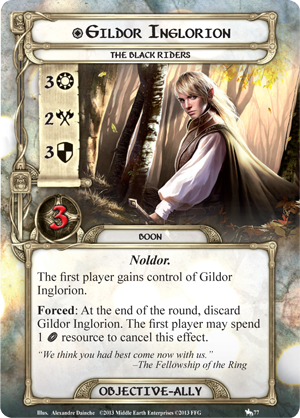
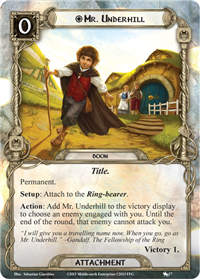
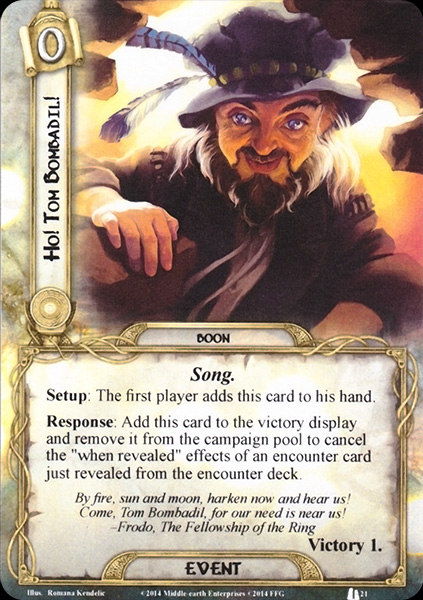

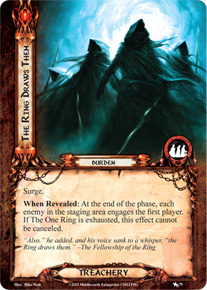
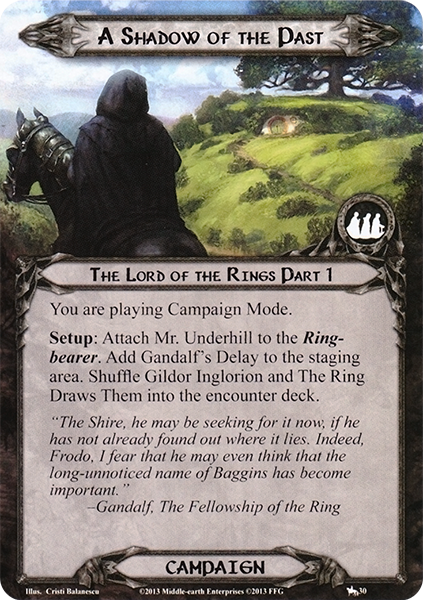
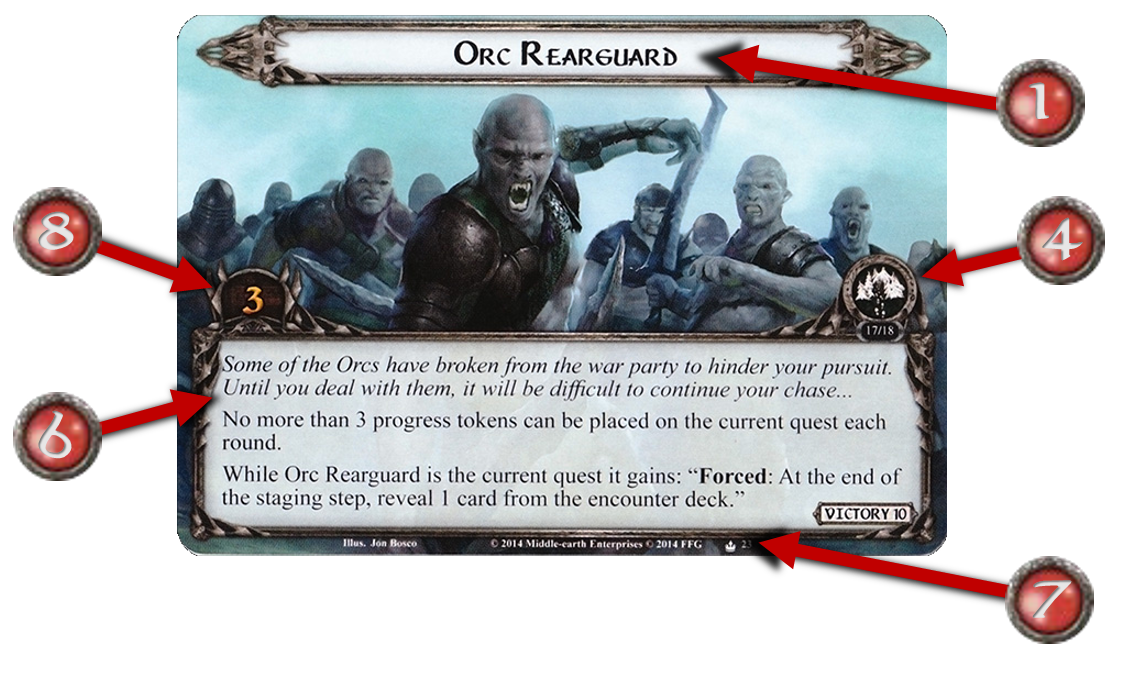
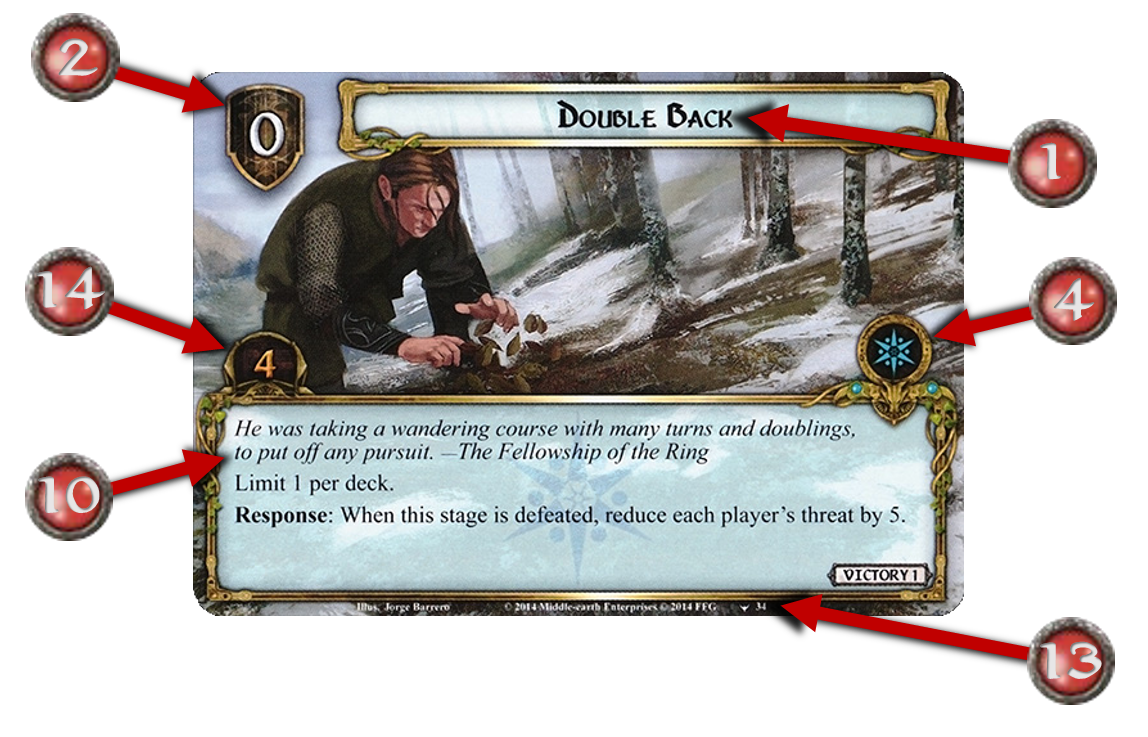
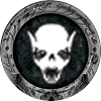
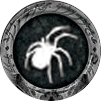
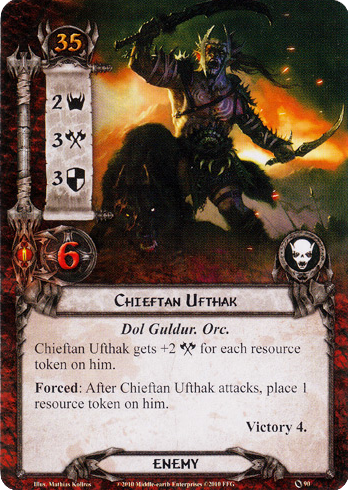
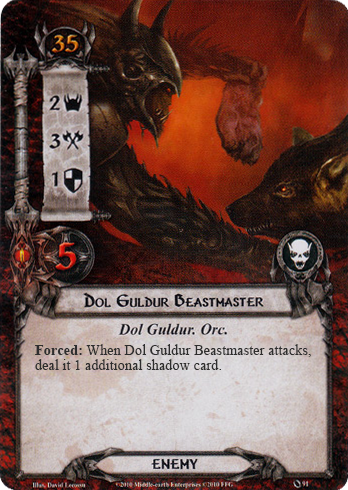
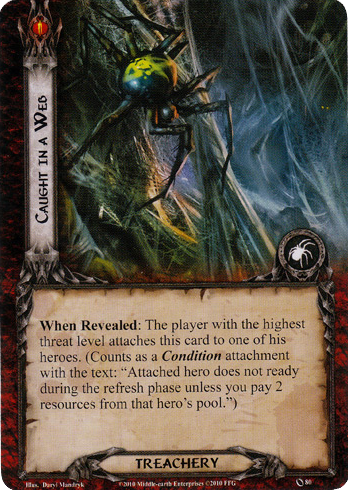
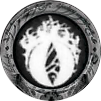
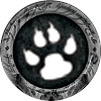
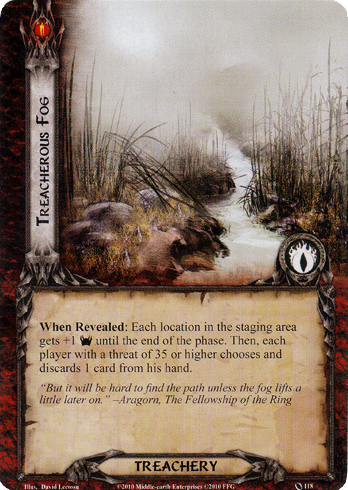

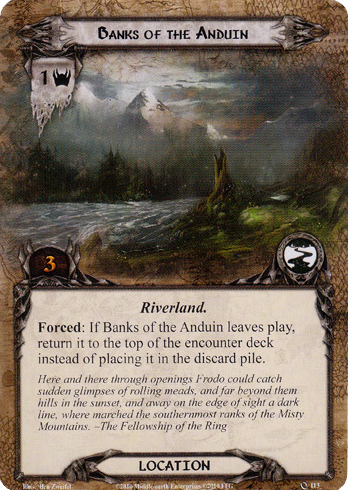
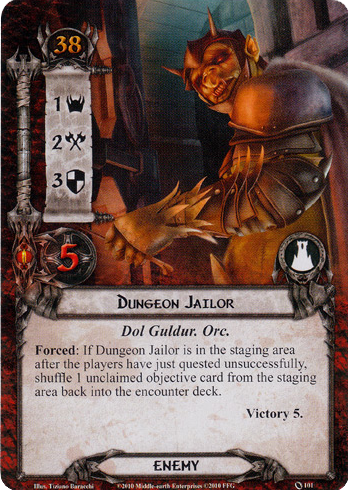

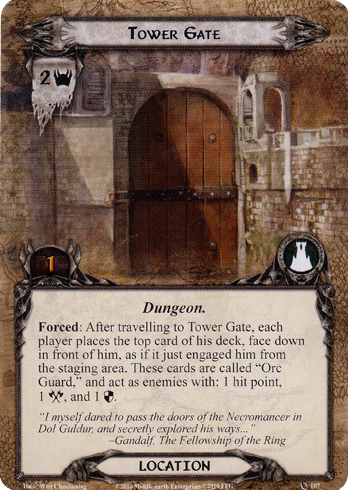
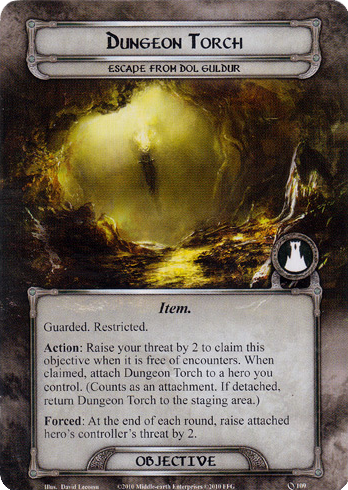

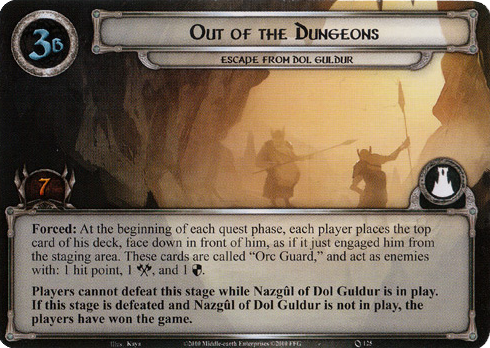
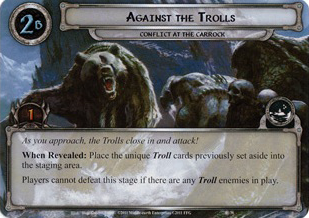
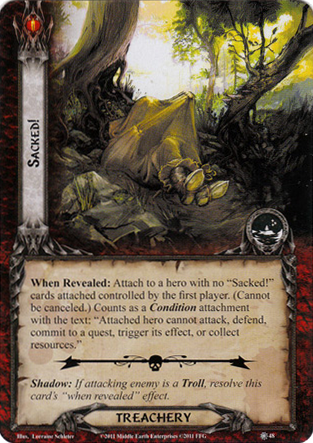

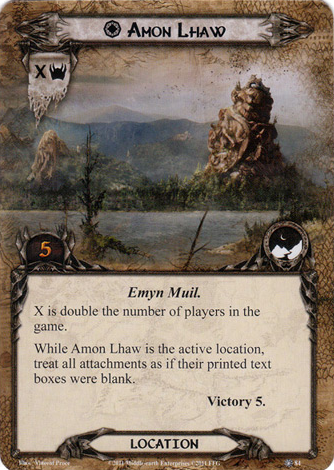
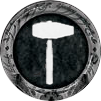
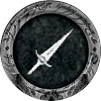
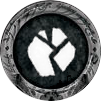

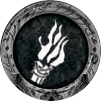

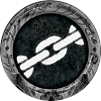
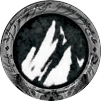
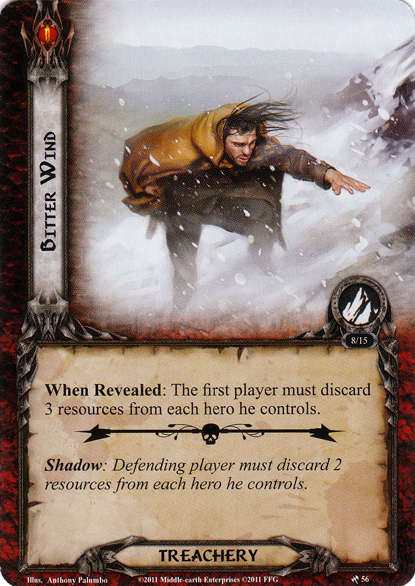
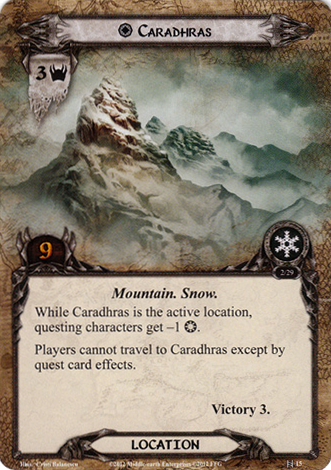
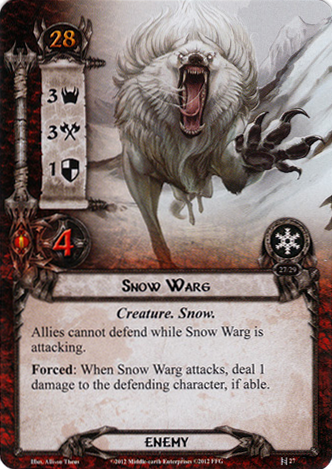
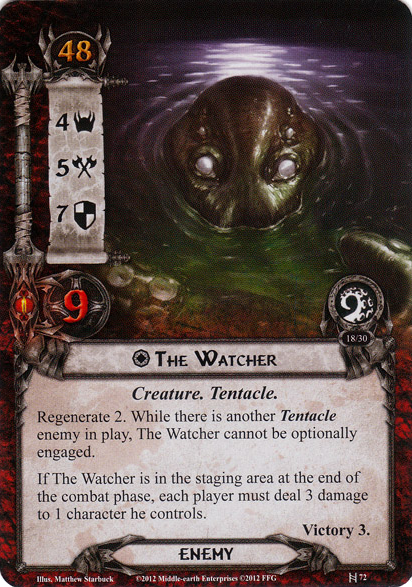
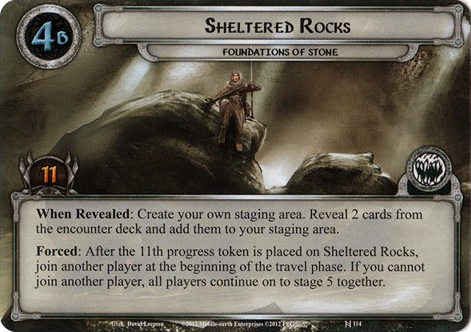
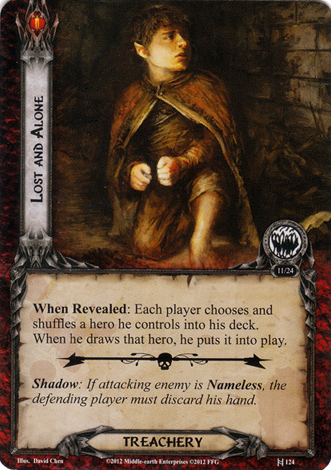
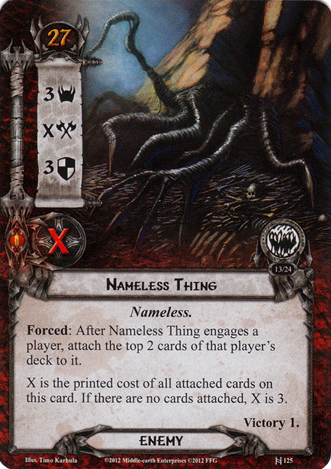
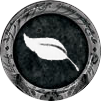
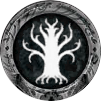
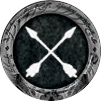
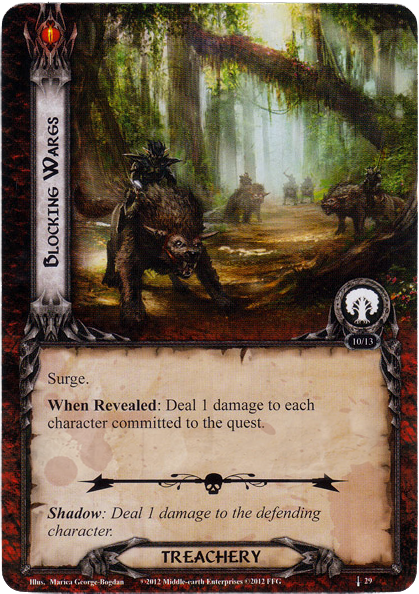
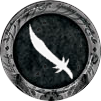
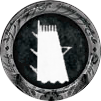


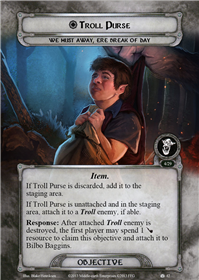
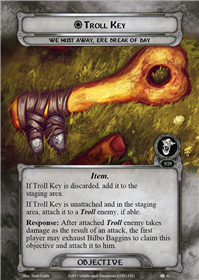
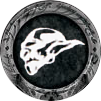

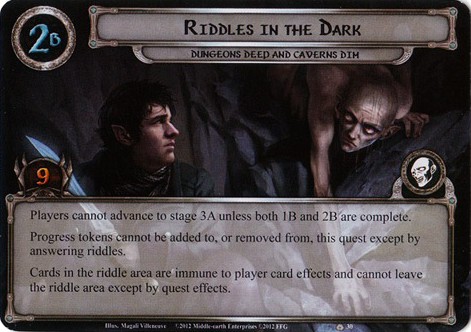
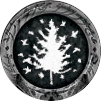
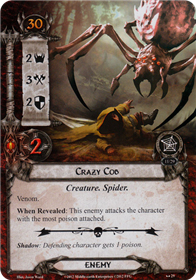
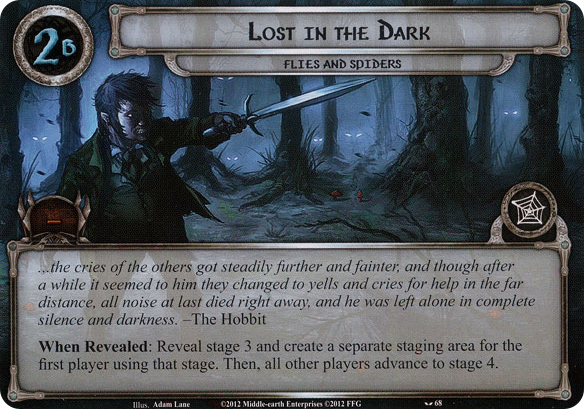
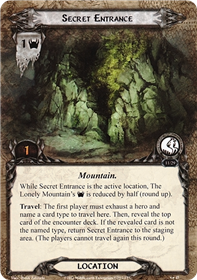

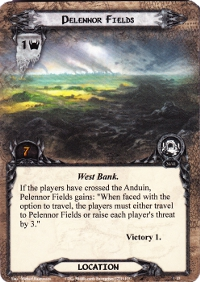
.png)
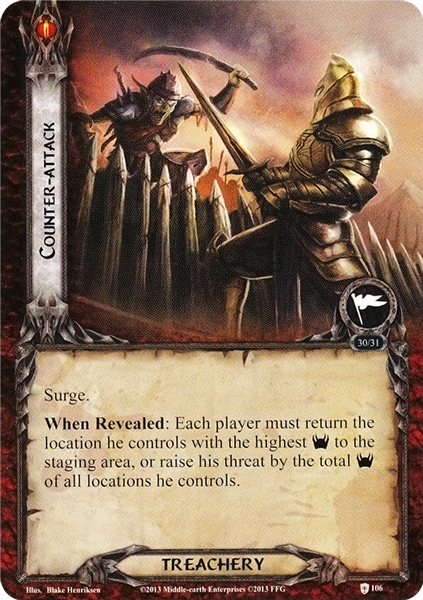
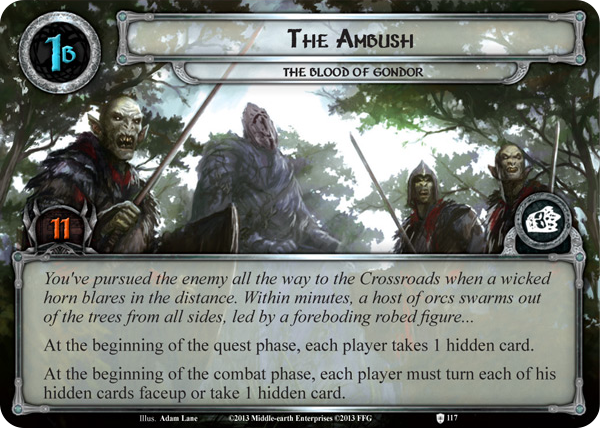
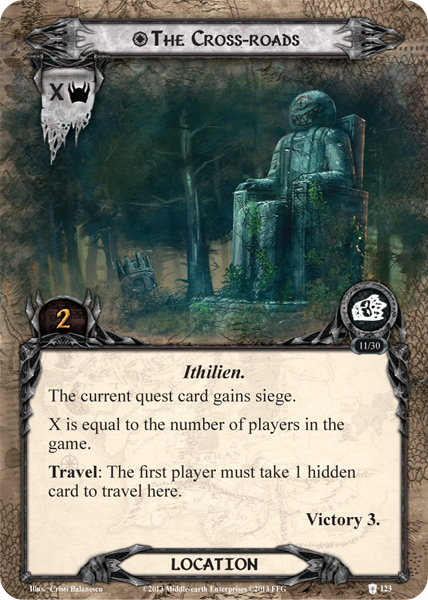
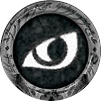
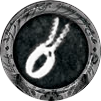
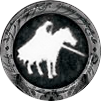

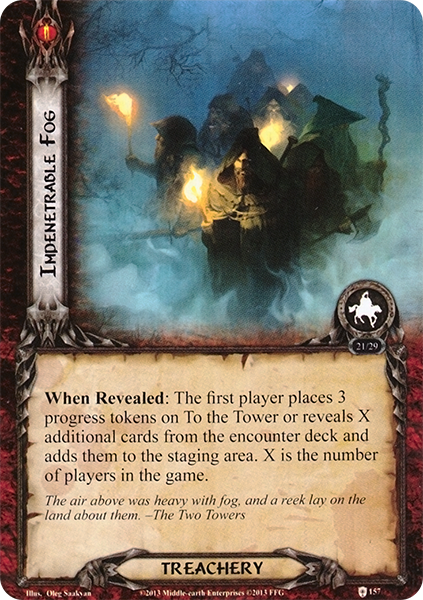
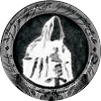
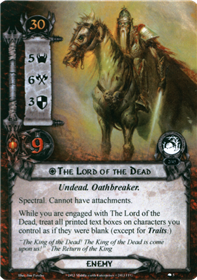






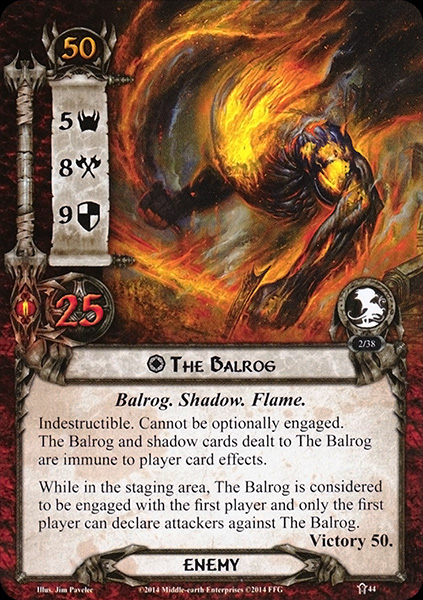
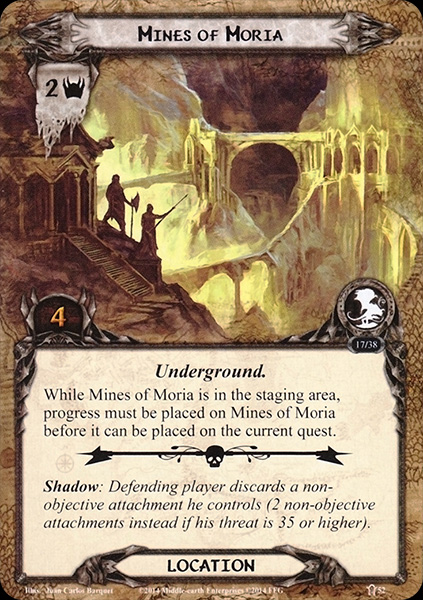













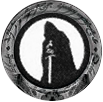
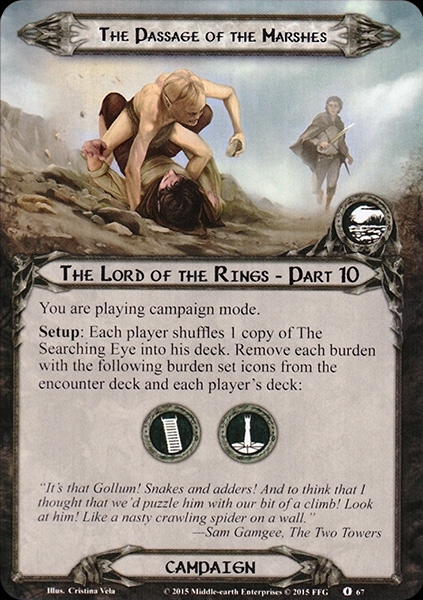
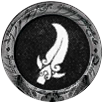
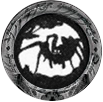
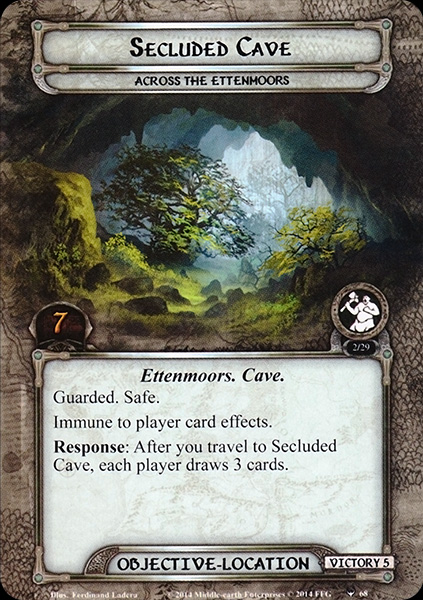












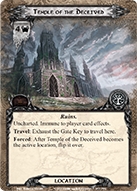


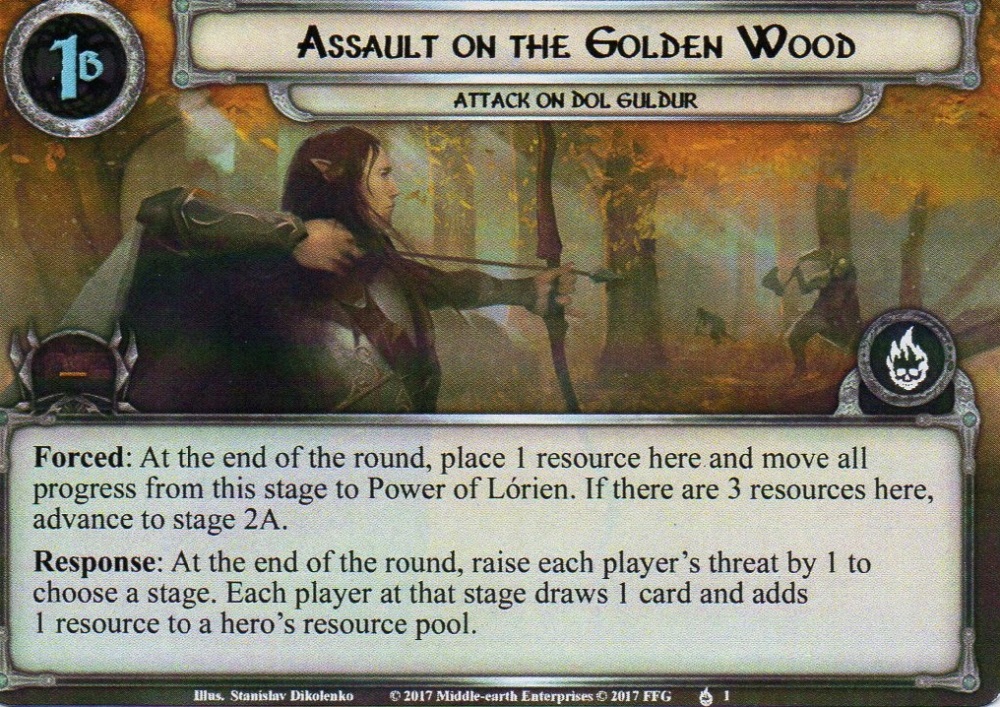

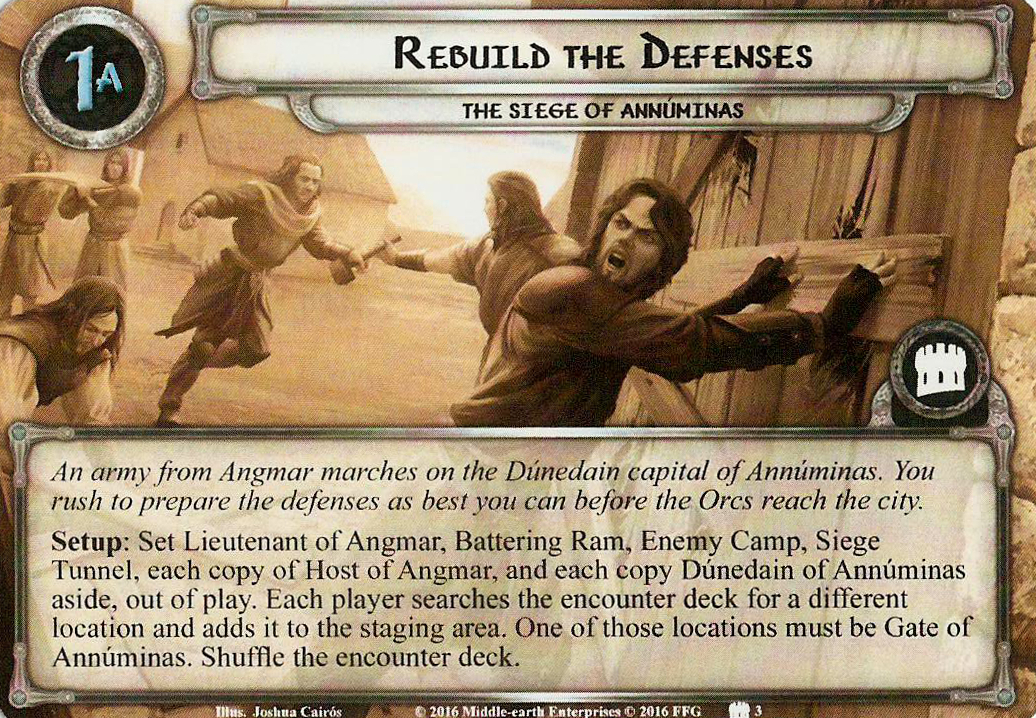
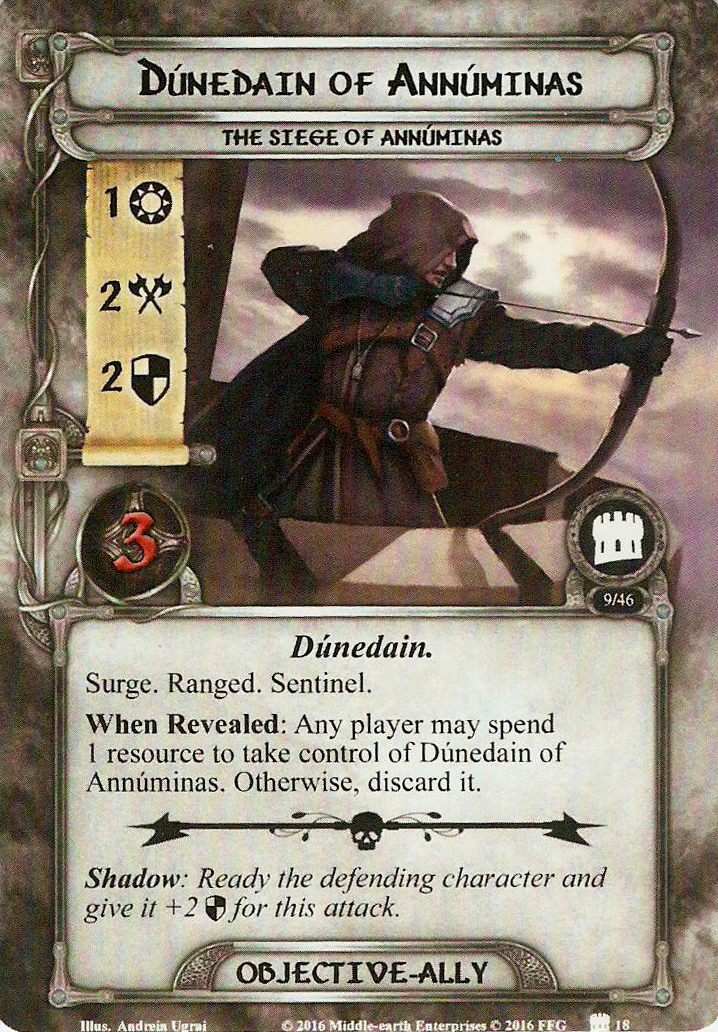






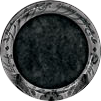
























 )
)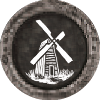

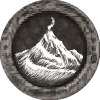
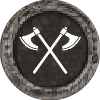
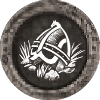
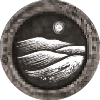
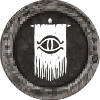



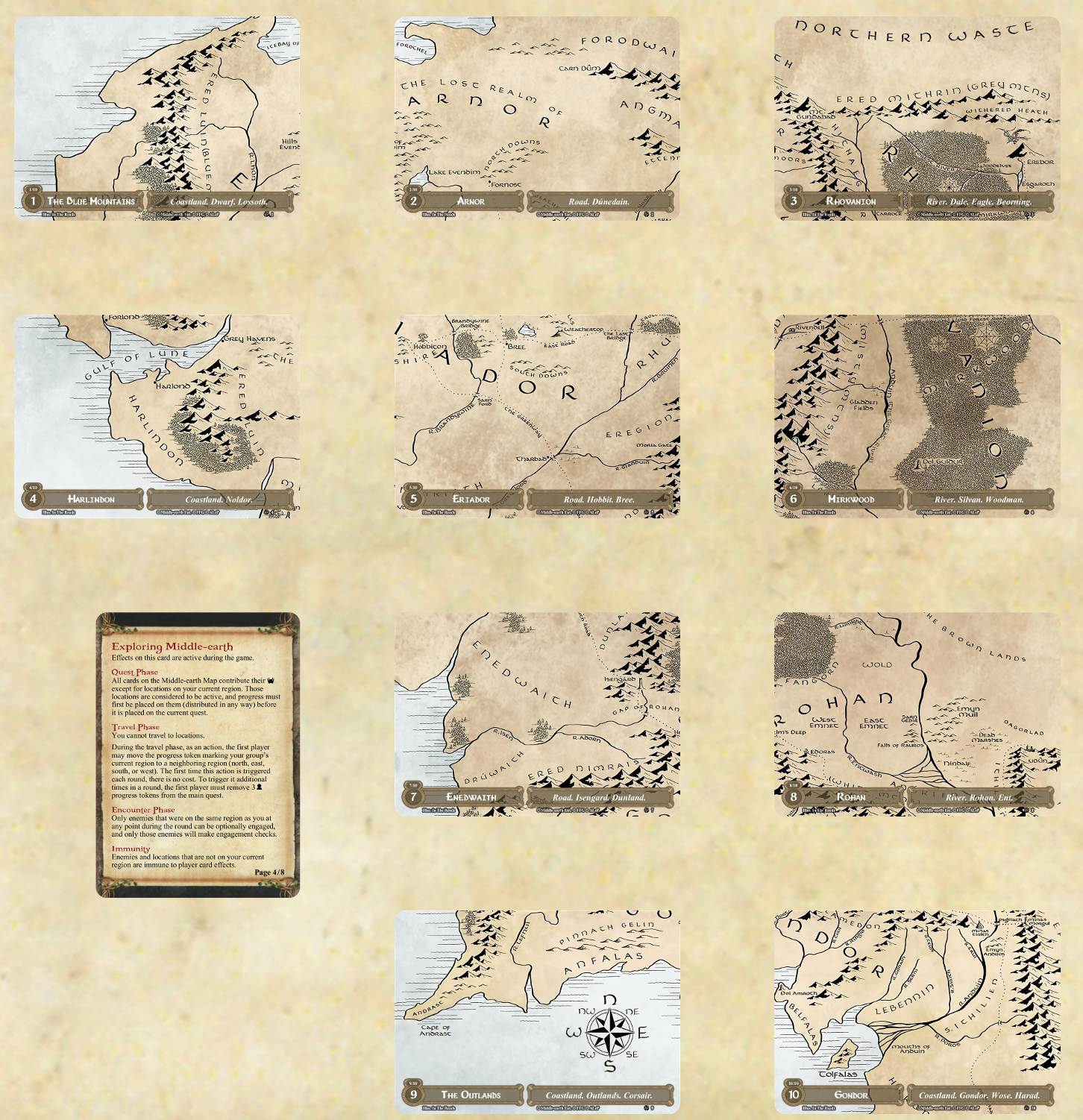


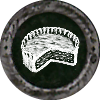



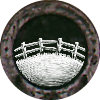

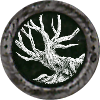
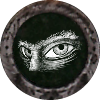
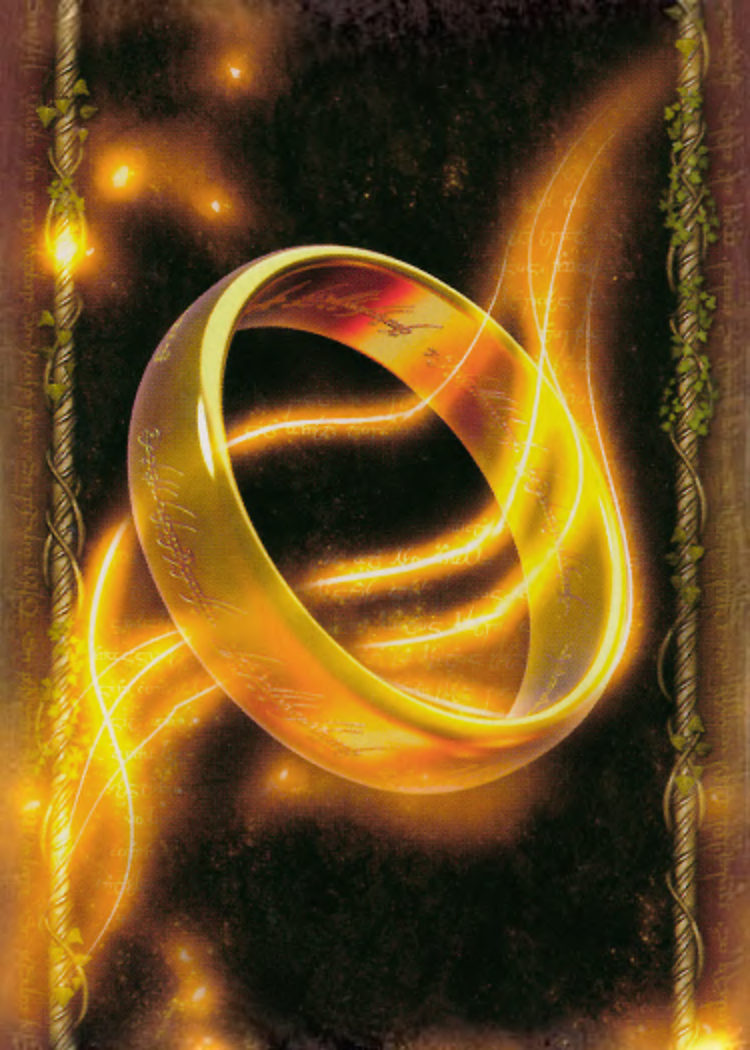 cards)
cards) Cards are revealed
Cards are revealed









